The Peugeot 308 has received a surgical and effective facelift: a new front end with split headlights, improved aerodynamic efficiency, and a range of engines that cater to all profiles — diesel, mild-hybrid, plug-in hybrid, and the all-electric E‑308. It’s a straightforward package with modern design and tangible usability improvements.

What Exactly Changed in the New Peugeot 308’s Design?
The “fang” icon has disappeared, replaced by a split lighting assembly: LED claws on top and main beams concealed within the glossy black areas of the bumper. The grille is clean, with illuminated strips above the painted body-color panel, and in higher trims, LED Matrix headlights with sequential turn signals.
Aerodynamically, new intakes direct airflow toward the wheel arches, reducing turbulence and noise. The brand also debuts an illuminated badge—a detail we’ll see in future models. If you want to dive deeper into this trend, see why LED has become standard and what comes next.

Key Points of the Facelift in 30 Seconds
- Split headlights and LED Matrix
- Illuminated front badge
- Optimized bumper for better airflow
- New 17” and 18” wheels
- LED claws taillights
Has the interior evolved or fallen behind competitors?
The 308 retains the i‑Cockpit with a 10” display and compact steering wheel but gains new 3D graphics on the cluster. Over-the-air updates, a Focal system with 10 speakers, massage seats, and ambient lighting in eight colors are also included. The result is a modern cabin—not overdone but with useful features for everyday use.

Premium trims GT and GT Premium add Alcantara and the previously mentioned Matrix headlights technology. The design remains intuitive and ergonomically focused; it feels like a “first-time premium” experience without artificially inflating costs. For a glimpse into what the platform relatives—like the DS N°4 recently updated—have done in UX and electrification, take a look.
What engines, batteries, and ranges are available today?
The 1.5 BlueHDi diesel with 129 hp and 8-speed automatic remains for those with high mileage needs. On the gasoline side, the mild-hybrid 1.2 turbo delivers 143 hp with the e‑DSC6 dual-clutch transmission and an integrated electric motor; in urban traffic, the brand states it can operate up to 50% of the time in electric mode.
The PHEV, a 1.6 turbo with an electric motor, offers a combined 192 hp, a 17.2 kWh battery, and up to 53 miles (85 km) of electric range. The E‑308 electric features 154 hp, a usable 58.4 kWh battery, and a WLTP range of 281 miles (452 km). Charging from 20% to 80% DC fast charging takes approximately 32 minutes at 100 kW, with V2L compatibility via adapter. For an expanded strategic overview, see how the line Peugeot 308 and its electrification has evolved.
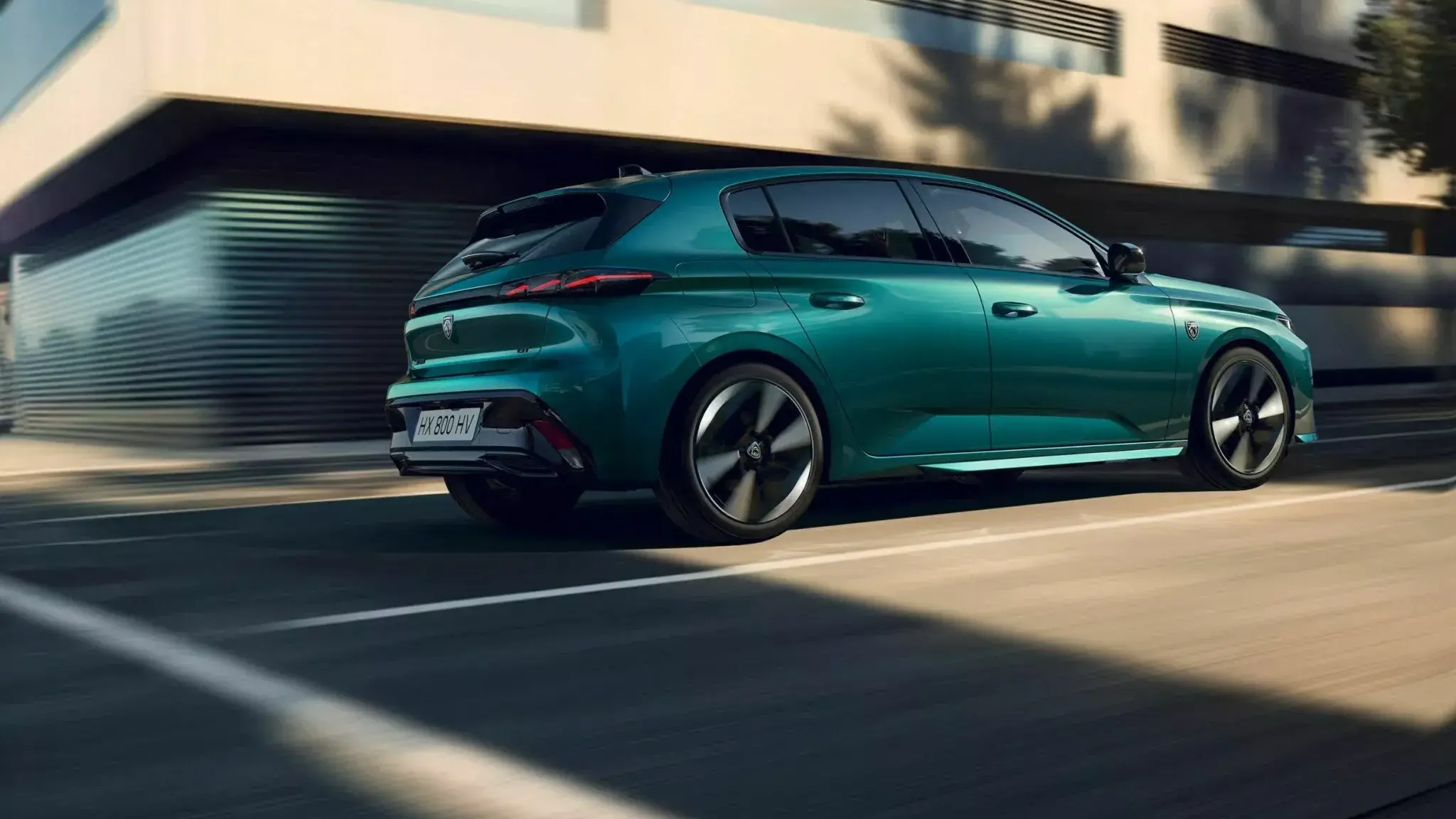
Essential Specs (Quick Summary)
- Diesel 1.5: 129 hp, 8‑speed automatic
- MHEV 1.2: 143 hp, DCT6
- PHEV 1.6: 192 hp, 17.2 kWh
- E‑308: 154 hp, 58.4 kWh
- E‑308: 281 miles (452 km) WLTP
- DC fast charging 100 kW: approximately 32 min (20-80%)
Is the 308 SW still the best choice for space and versatility?
Yes, if you need ample cargo space without transitioning to an SUV. The 308 SW offers 598 to 1,487 liters of cargo capacity, with 40:20:40 split-fold seats and an electric tailgate. The long wheelbase enhances comfort on long trips without compromising the dynamic handling of the EMP2 platform. It’s the “smart station wagon” formula: practical space, stylish design, and controlled efficiency.
The flat trunk floor and genuine rear-seat modularity make a meaningful difference in travel and daily use. No tricks—just good packaging engineering—a reminder that certain wagons can perfectly serve as a “single car” with mastery.
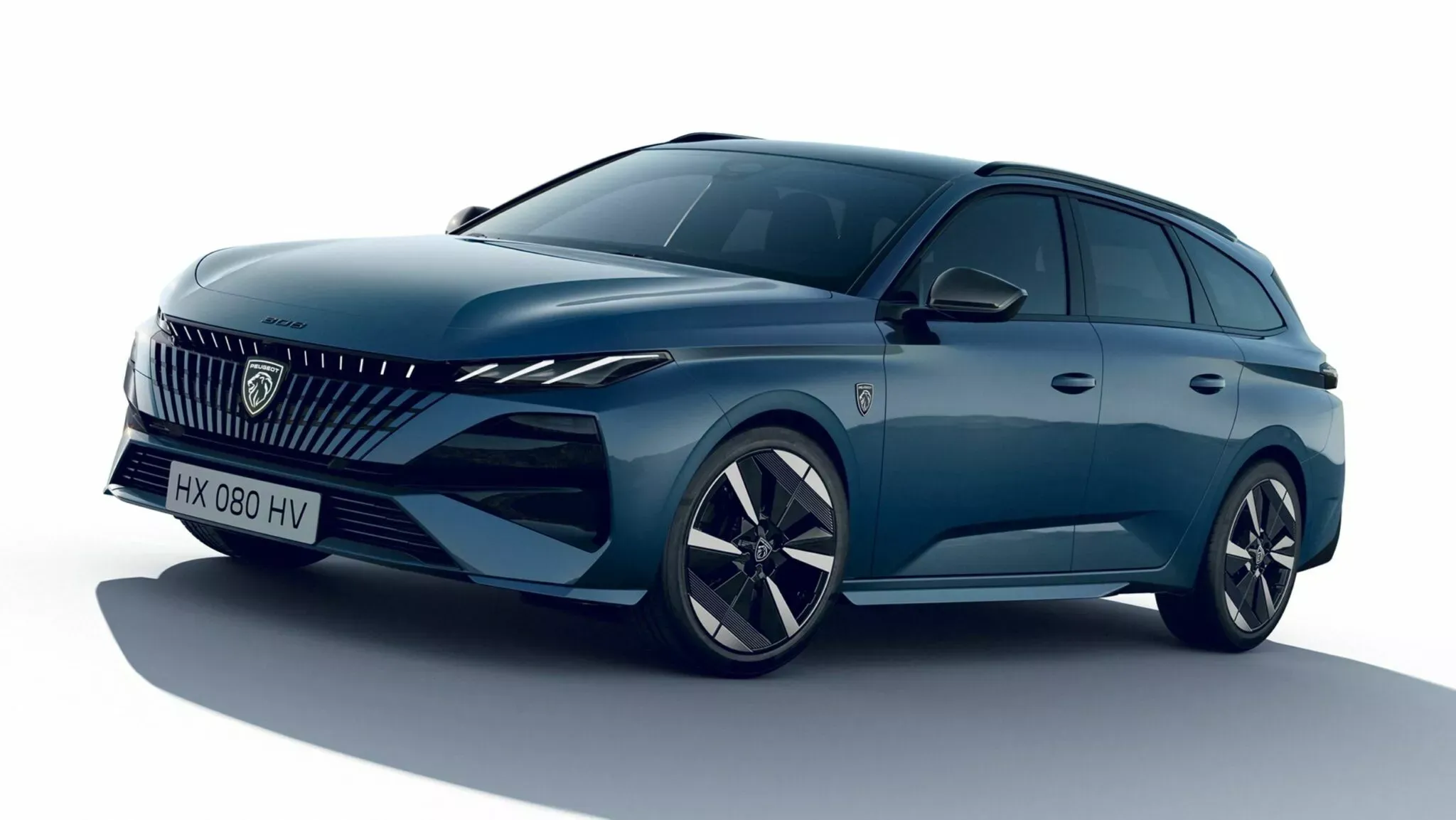
How does the 308 compare to current global rivals?
The 308 targets compact hatchbacks and wagons with widespread electrification. In EVs, the E‑308 competes with global-focused projects like the MG4 EV, which emphasizes aggressive pricing and competitive range. Peugeot responds with efficient powertrains and well-crafted finishes.
On the premium side, there are more expensive fastbacks and wagons. The 308 isn’t trying to beat them in raw power but in balance. Want to see a practical-premium example in this higher segment? Check out the Mercedes CLA Shooting Brake, and compare philosophy and usability.
Quick Comparison vs. Rivals
- Design: split headlights
- Interior: i‑Cockpit 10”
- EV: 452 miles (top range)
- PHEV: 85 miles (electric range)
- Wagon: up to 1,487 liters
- LED Matrix available
- OTA updates and V2L on the E‑308
Is there a solid technical foundation and a medium-term vision for the 308?
Yes. The 308 uses the EMP2 platform, known for its modularity and dynamic handling, shared with other models in the group. The next-generation model is expected to migrate to the STLA Medium architecture, with improvements in energy density, software, and electronic powertrain components, further increasing electric efficiency.

Recycled and renewable materials (31%) help reduce environmental impact without compromising robustness. It’s a quiet evolution that appeals to users: less road noise, improved perceived quality, and lower consumption thanks to aerodynamic and weight reduction details. Small investments, big real-world benefits.
Quick FAQ
- Are there GTI or PSE versions? No confirmation yet. The brand prioritizes efficiency and electric variants; a dedicated sporty version remains a future possibility.
- Does the E‑308 have V2L? Yes, with an optional adapter, enabling the car’s battery to supply external devices.
- How long does charging take? DC 100 kW fast charging from 20% to 80% takes about 32 minutes. AC charging time depends on the onboard charger and local power grid.
- What about the hybrid transmissions? MHEV uses e‑DCS6 DCT; PHEV uses e‑DCS7 DCT. Diesel comes with an 8-speed automatic.
- Pricing? The manufacturer hasn’t announced prices yet. Expect a competitive positioning within the segment, in dollars or euros depending on the market.
Share your opinion: Which configuration makes more sense for you—efficient MHEV, urban electric PHEV, spacious wagon, or the all-electric E‑308? Leave your comment and join the discussion.

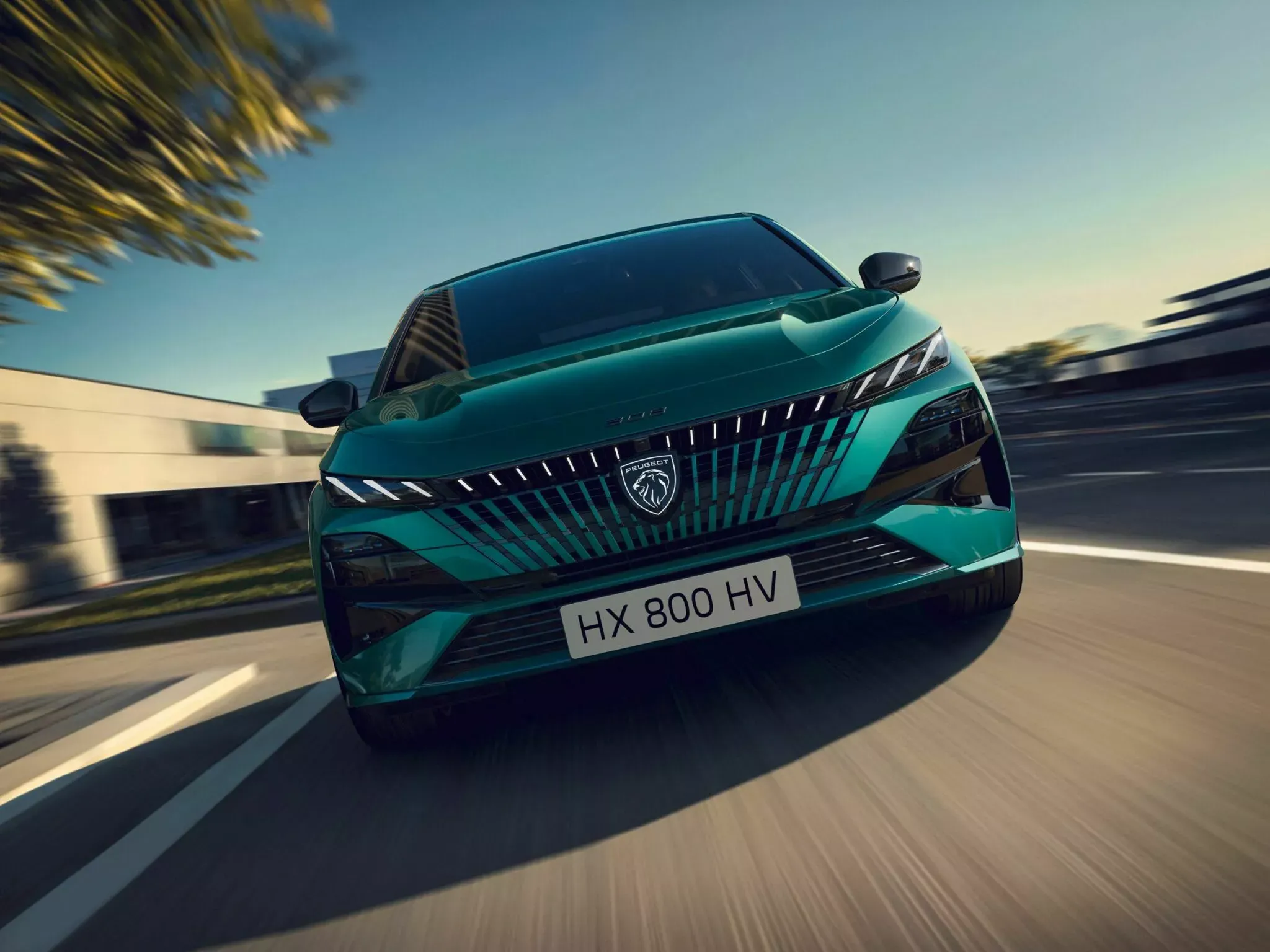
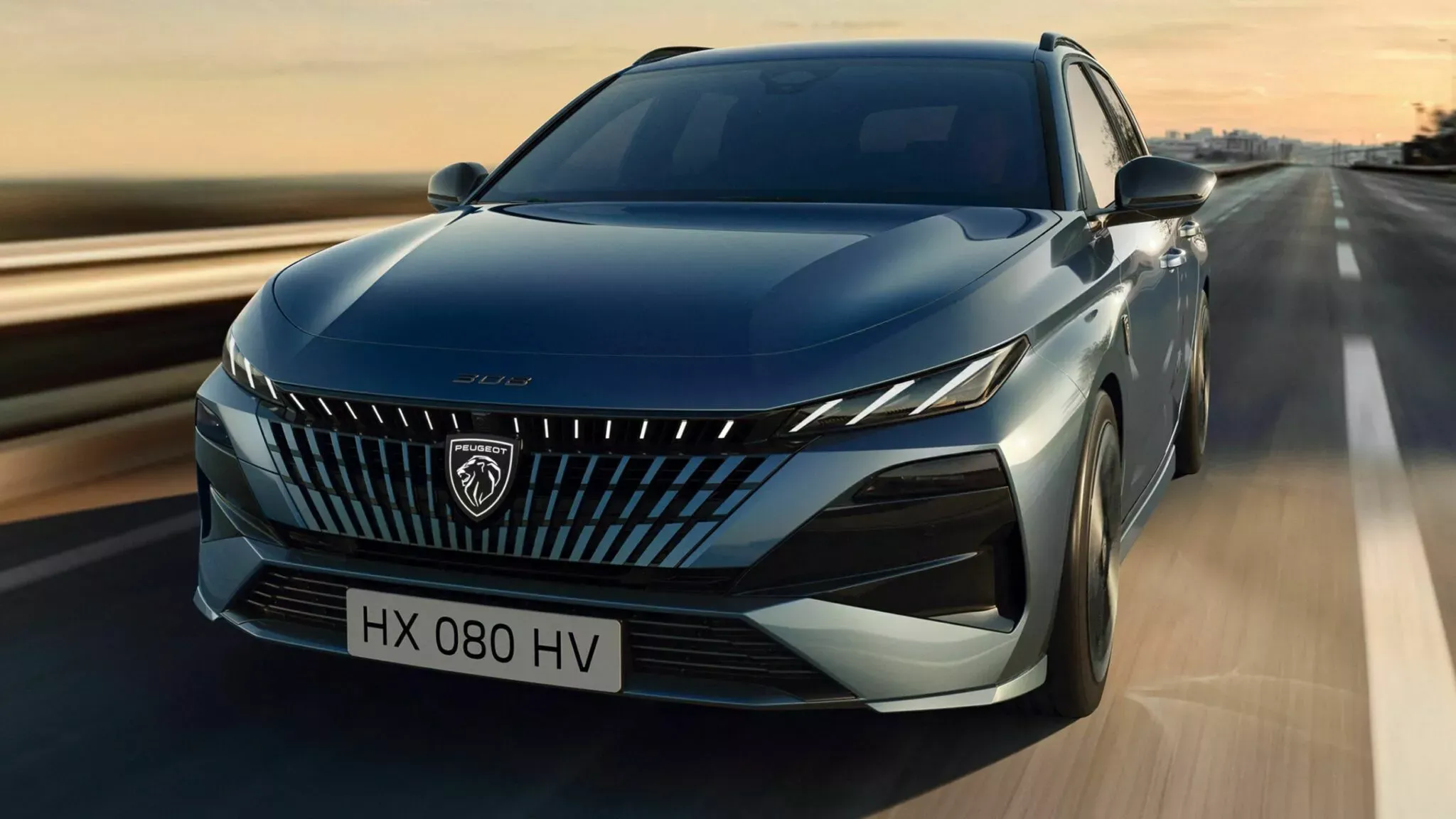
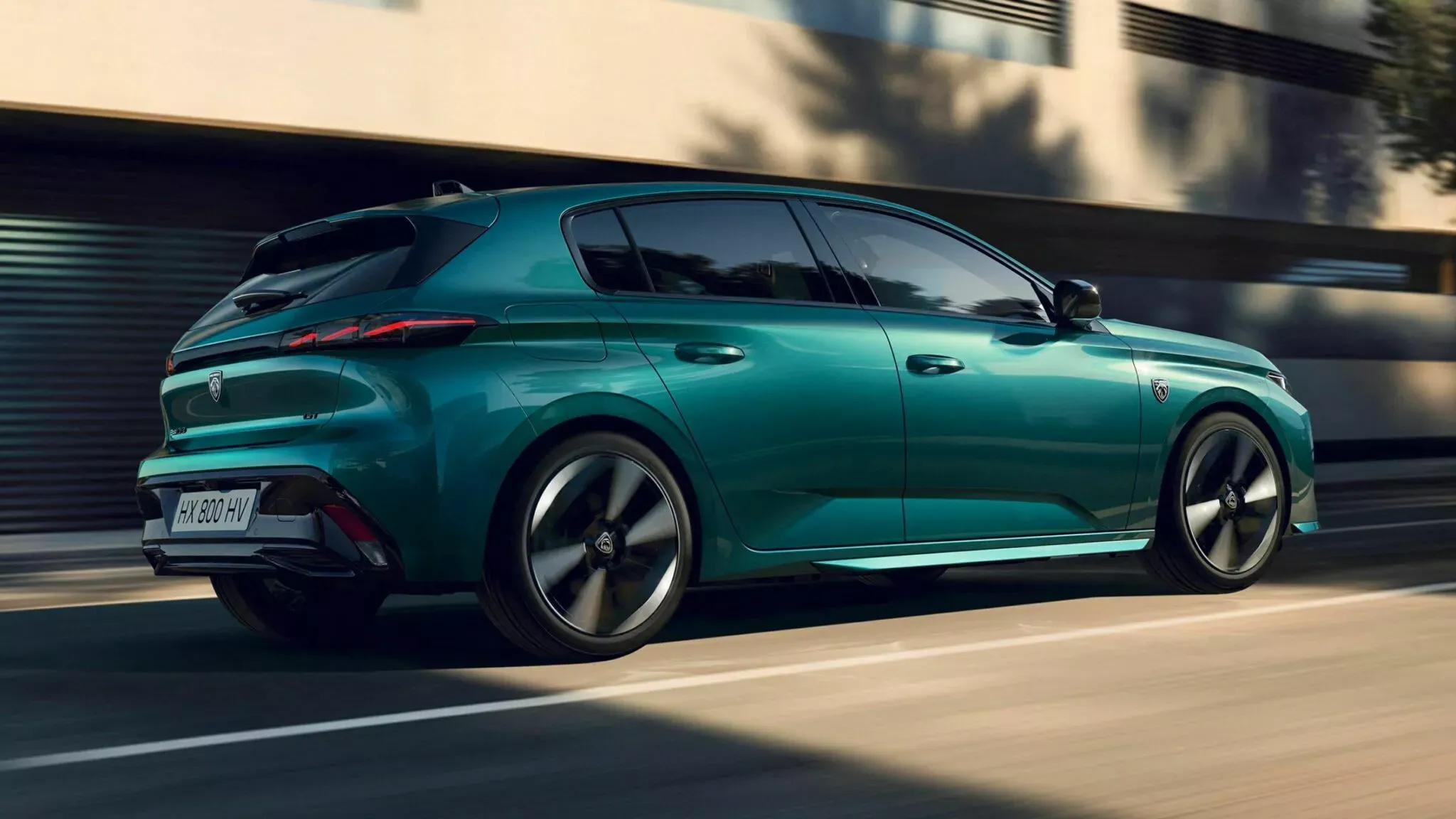
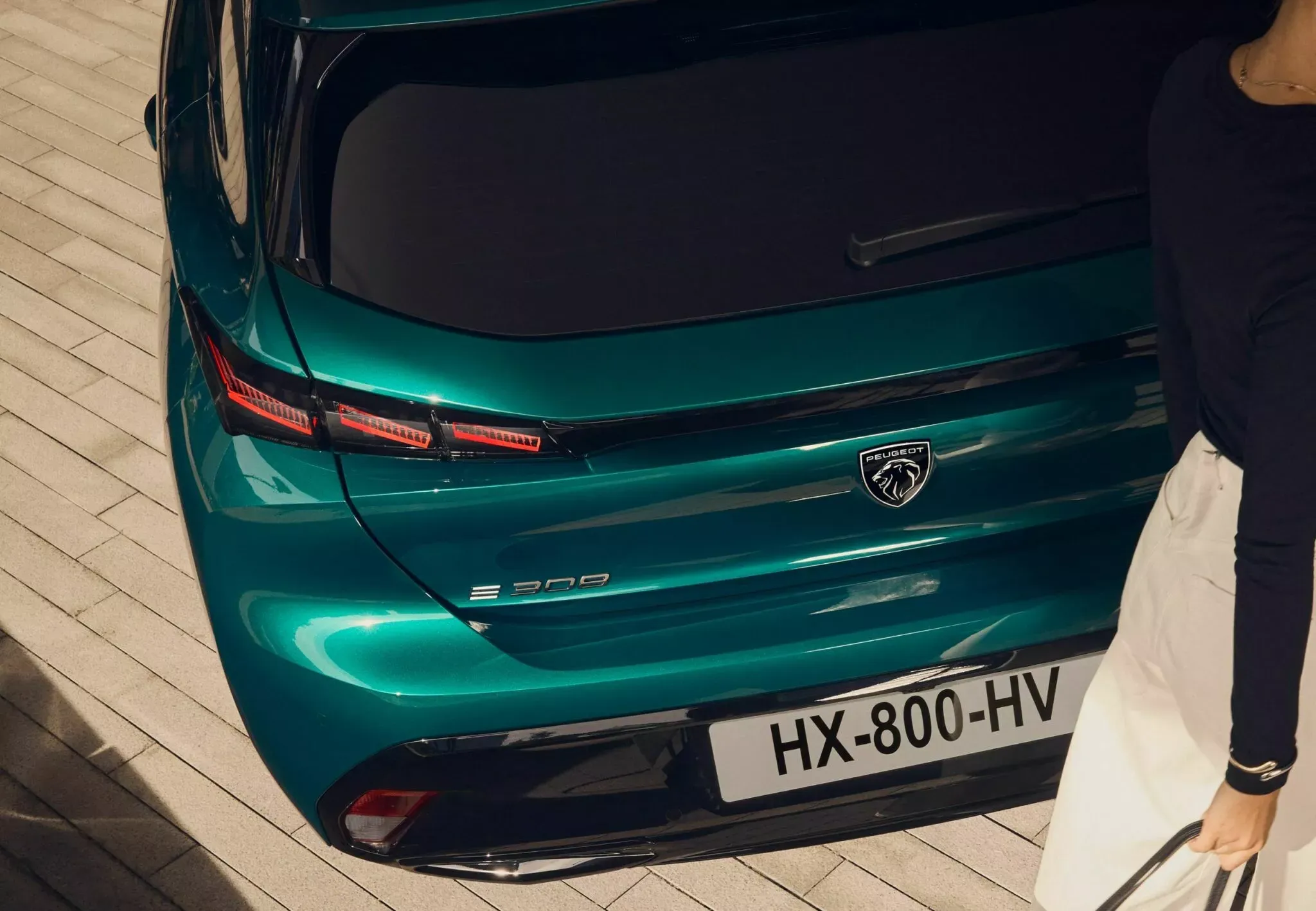




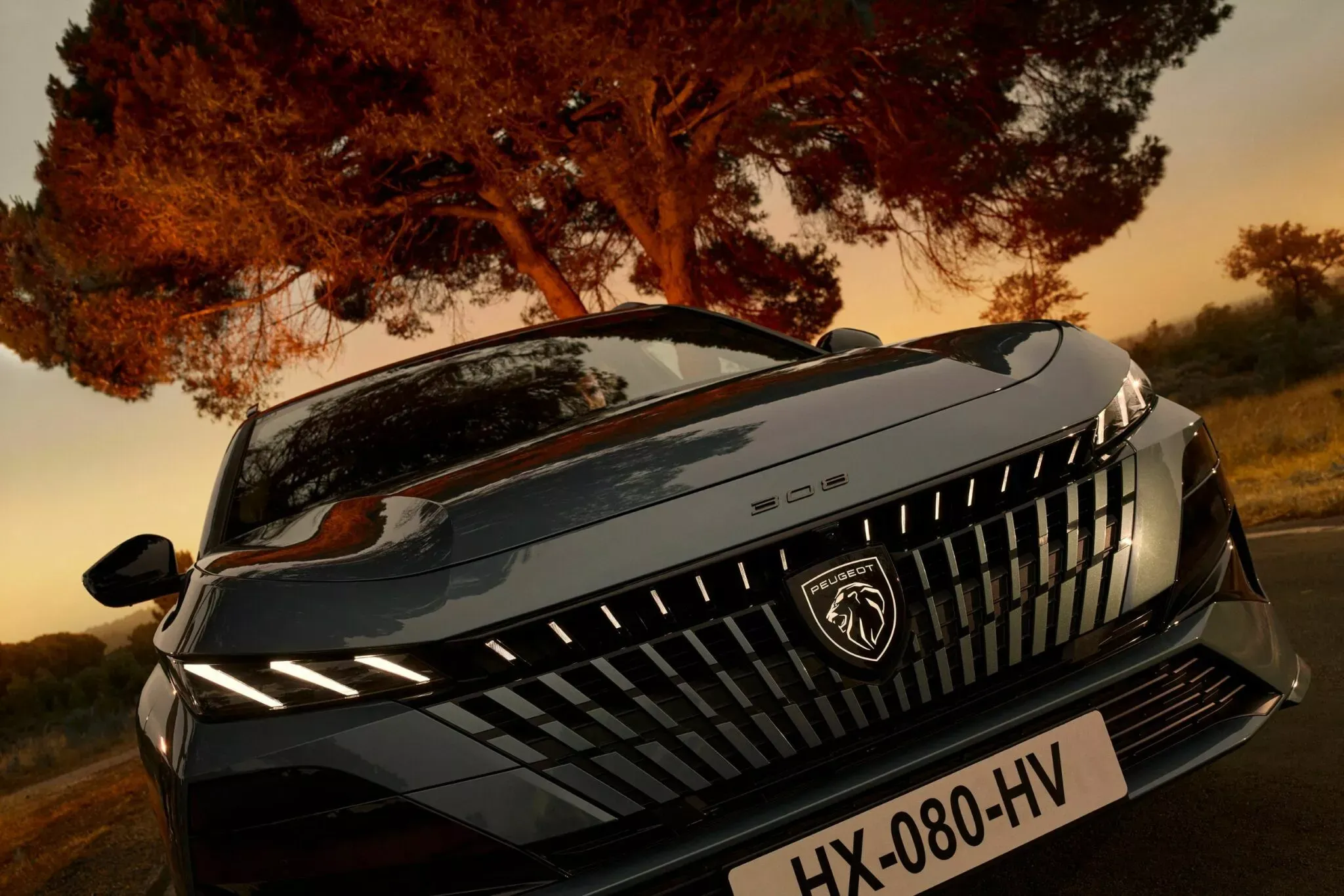

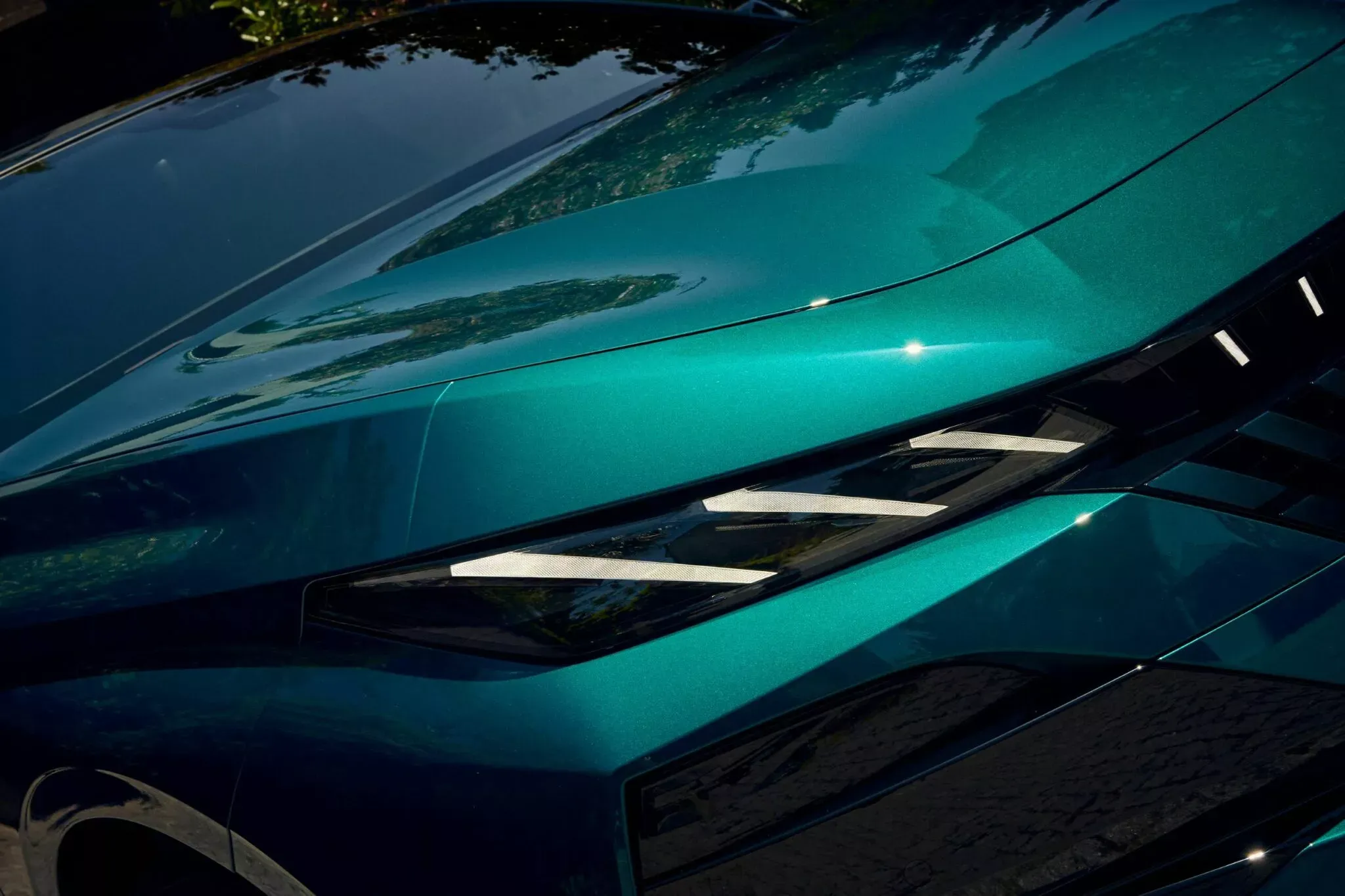




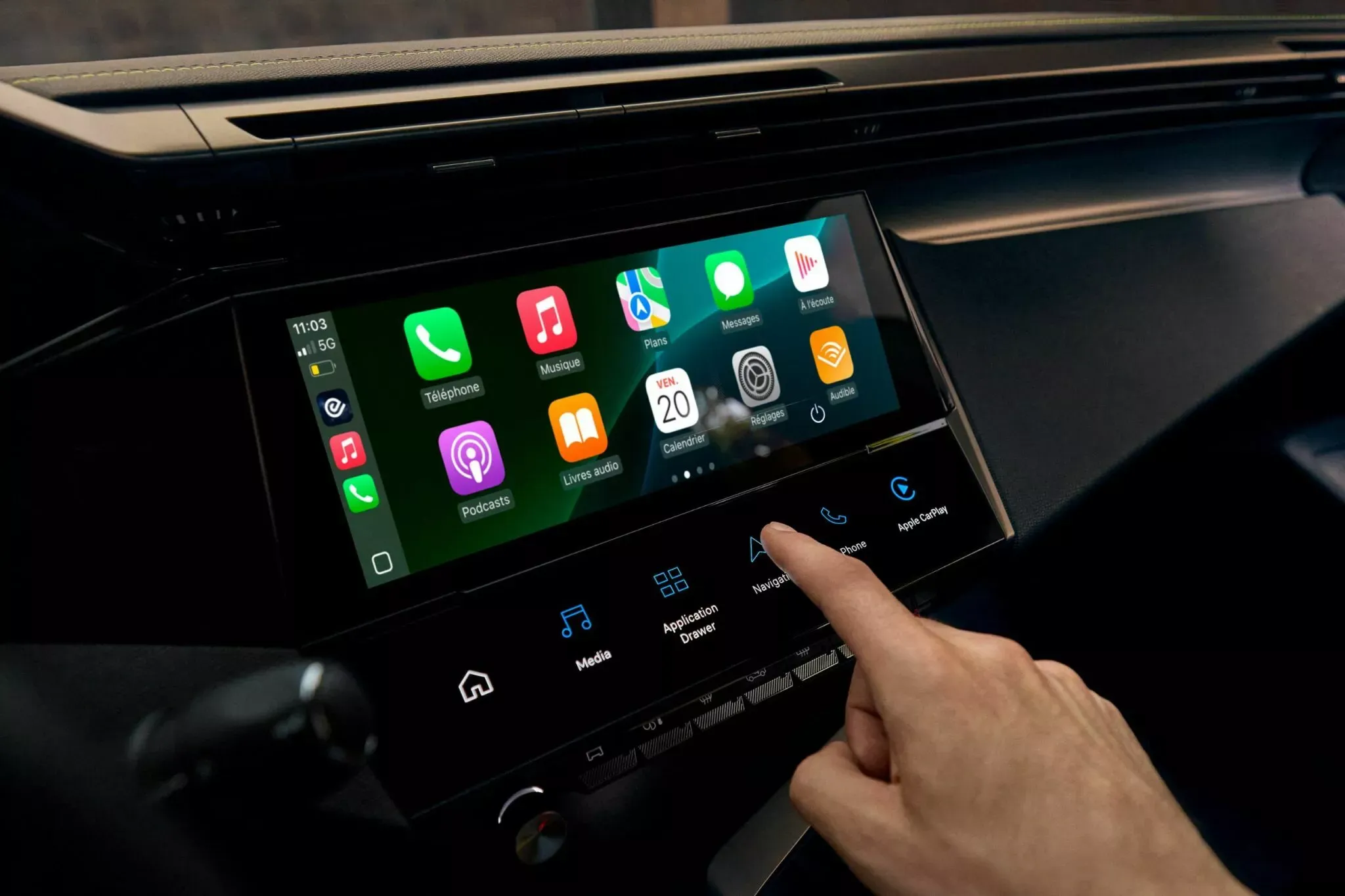

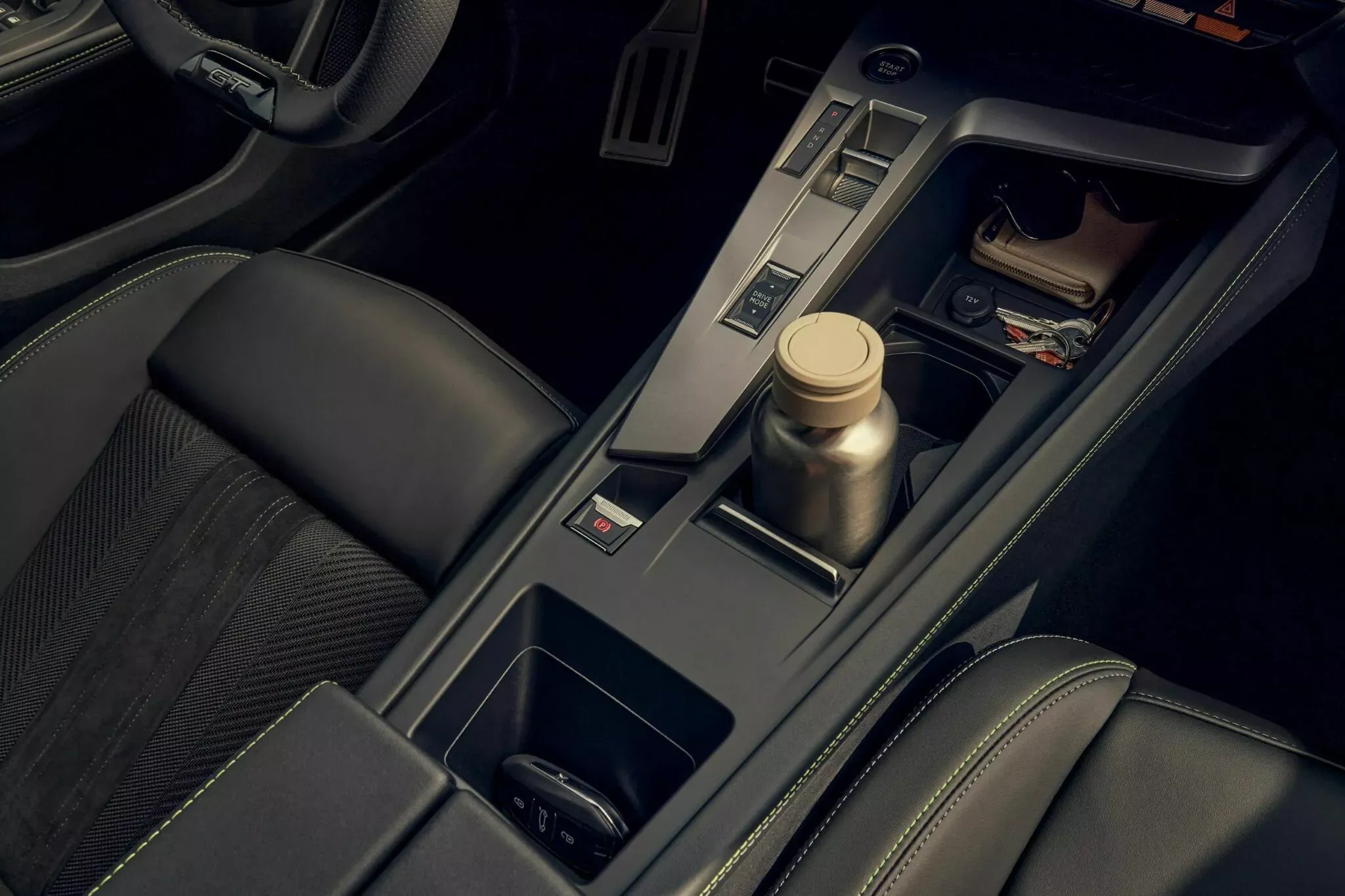
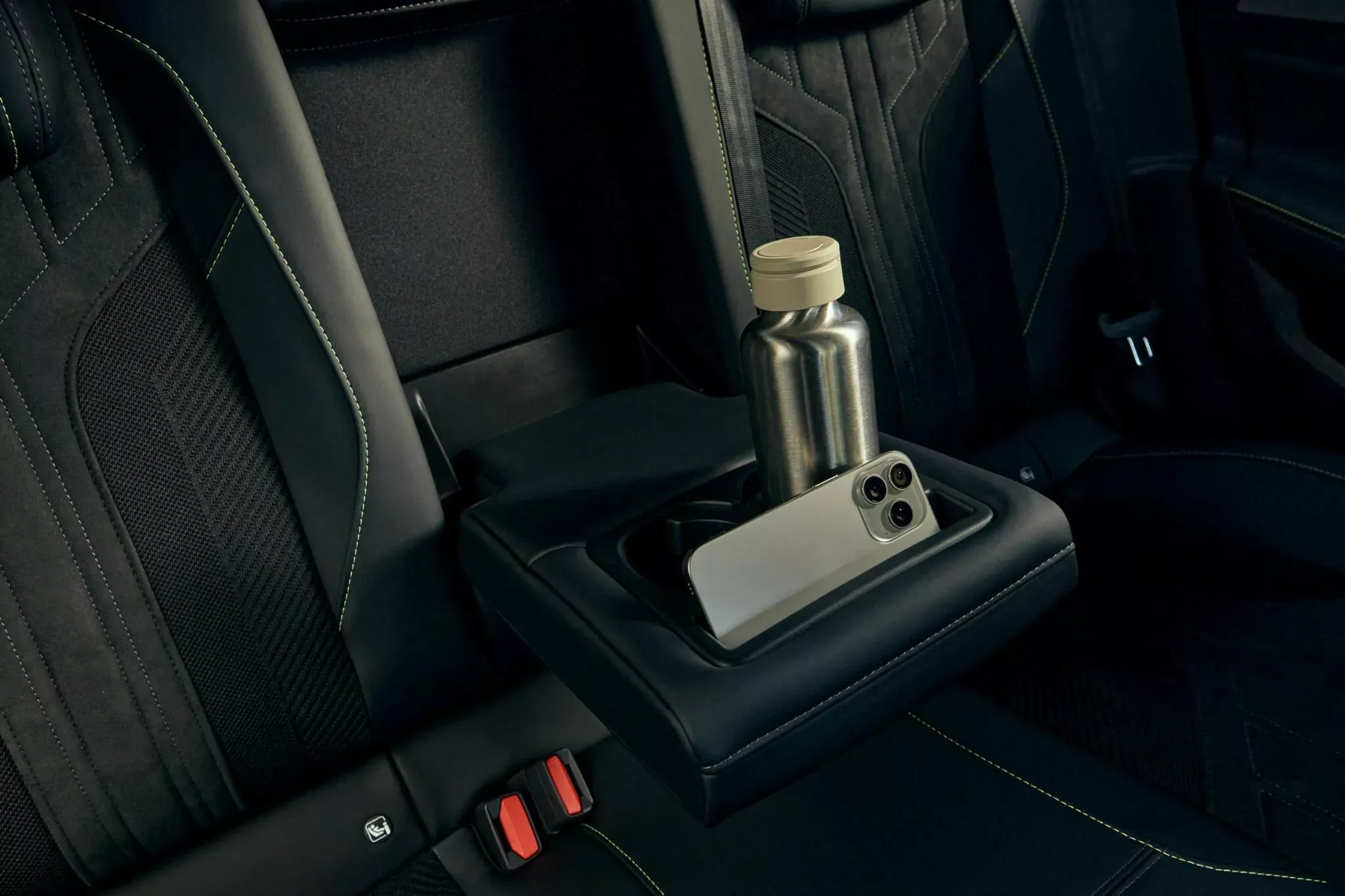
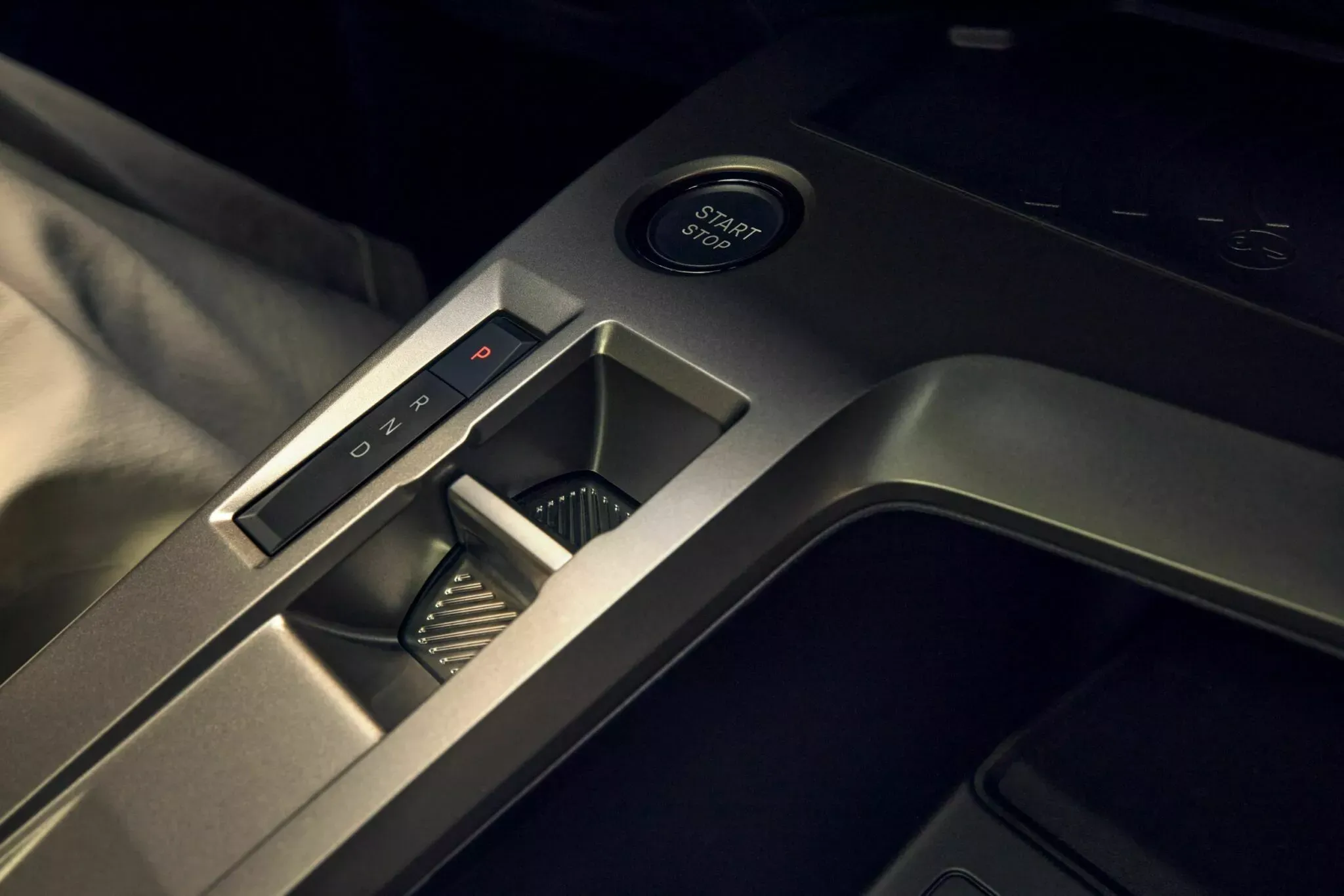



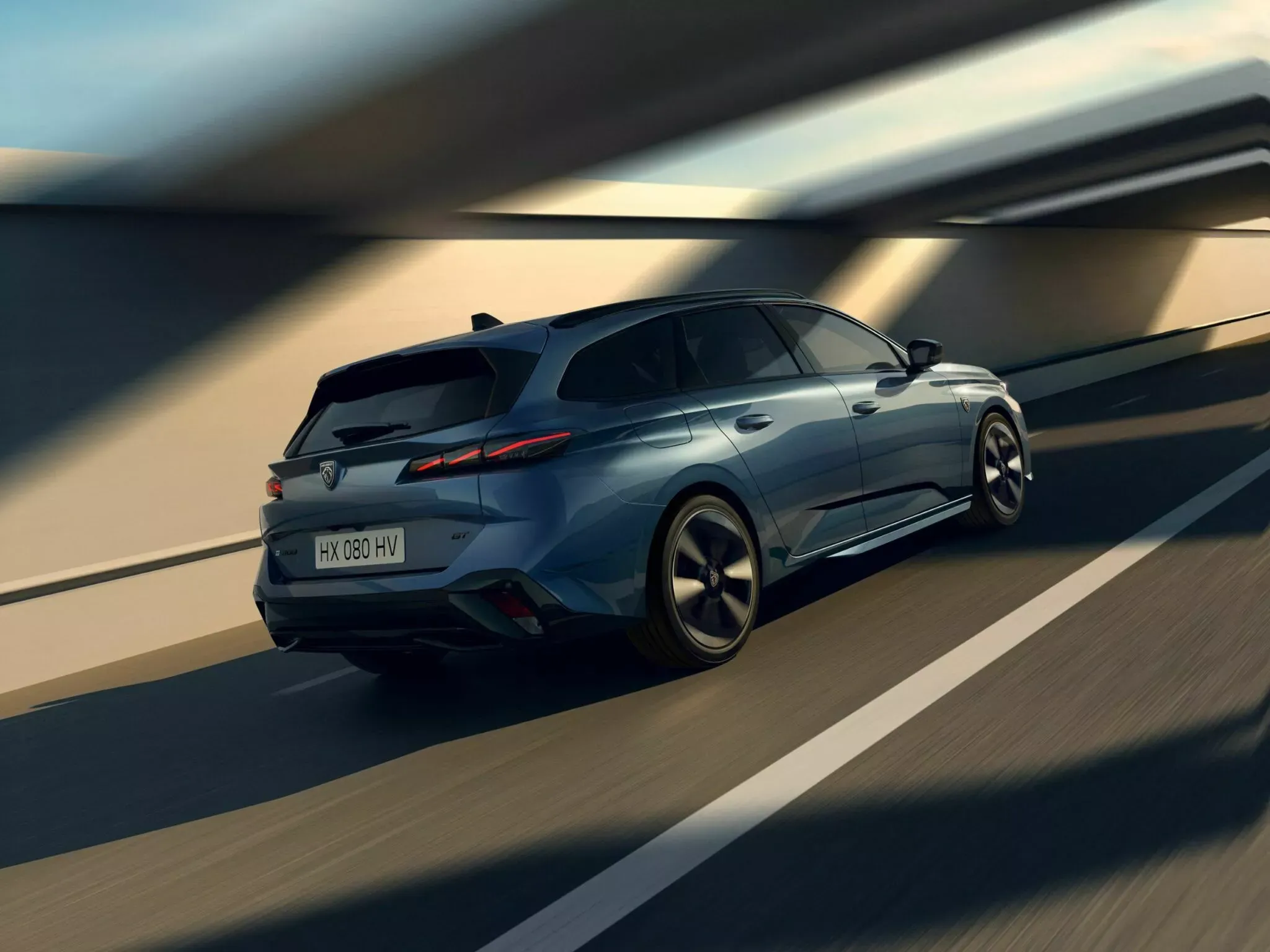




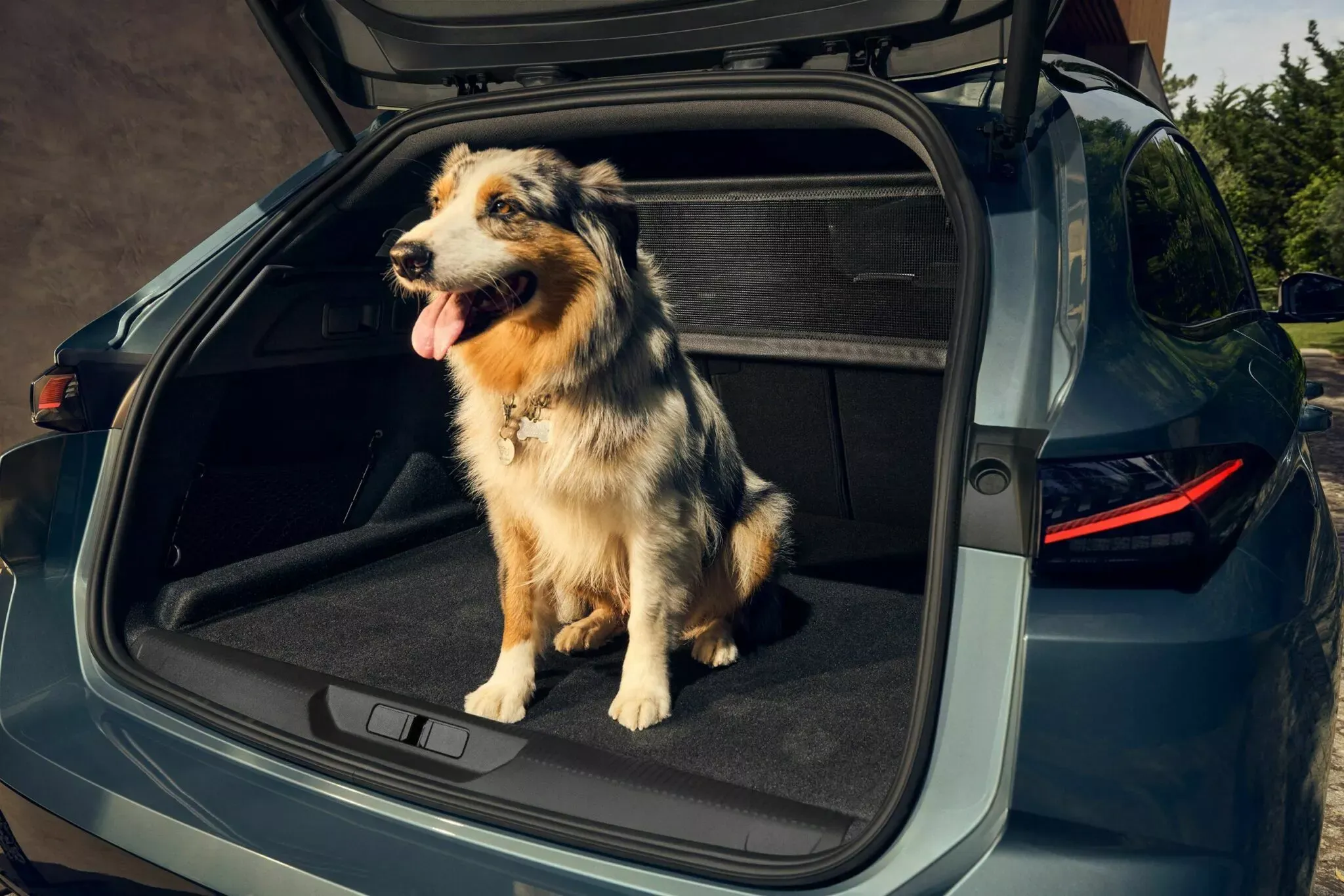

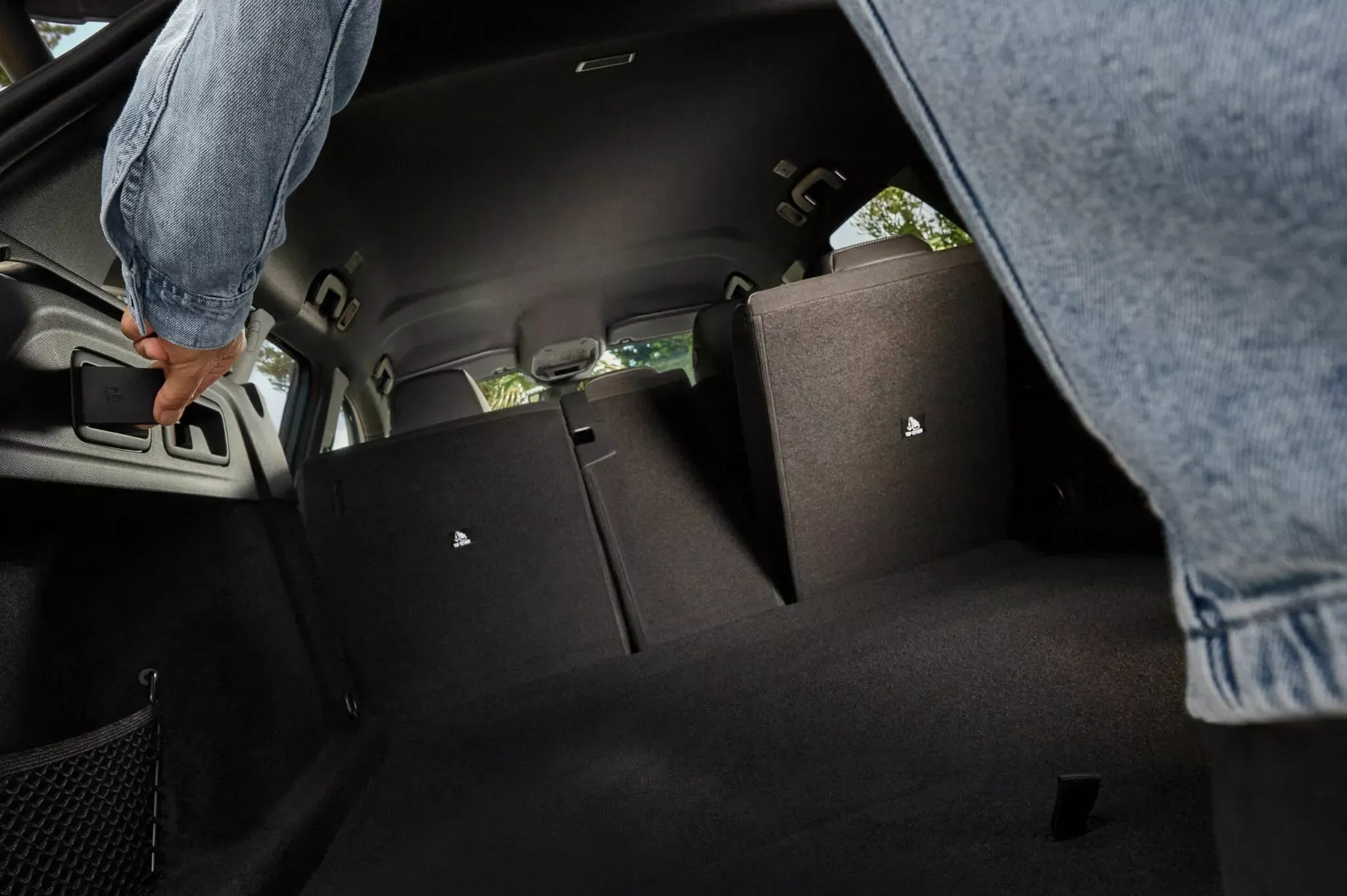

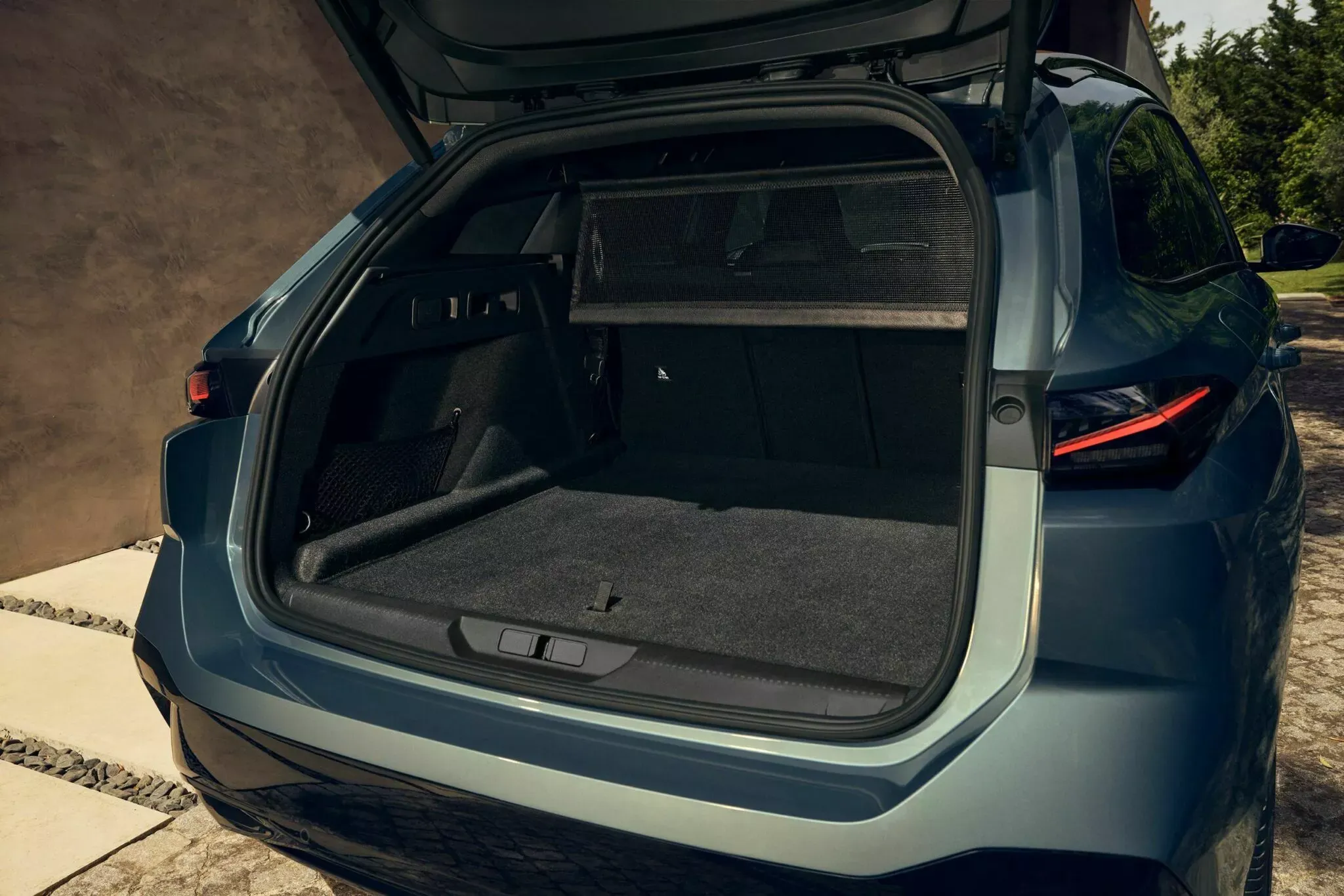
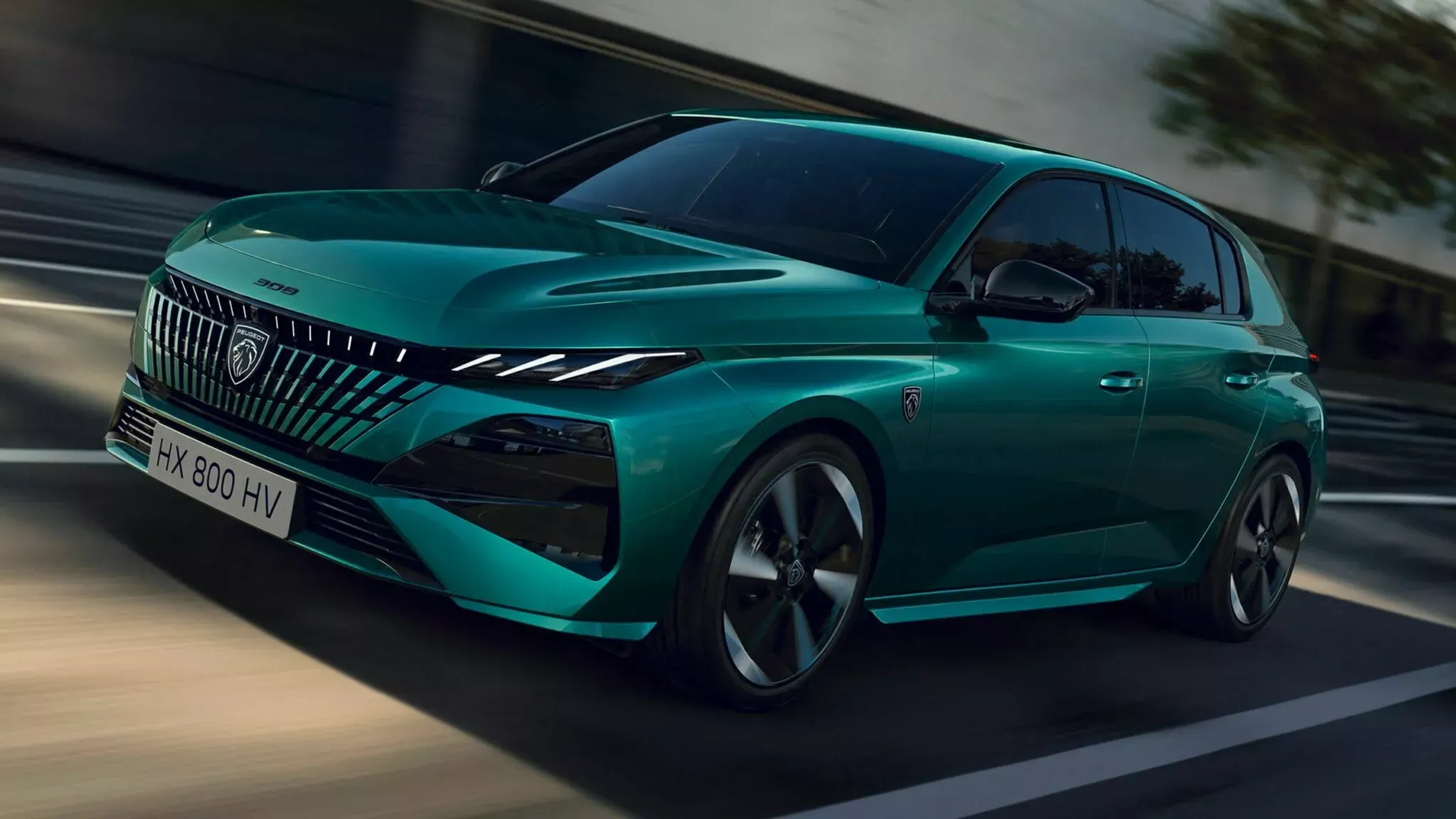
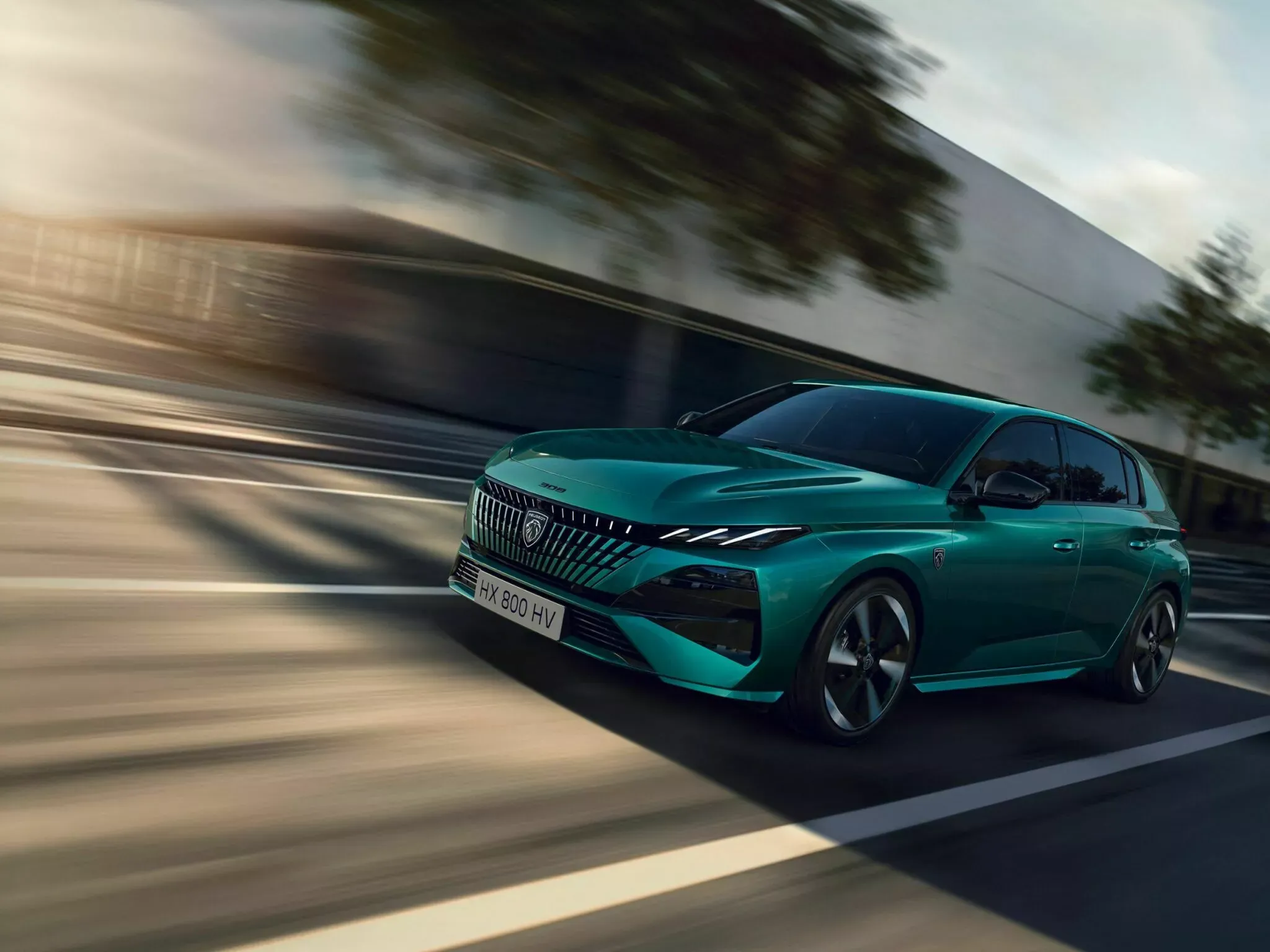
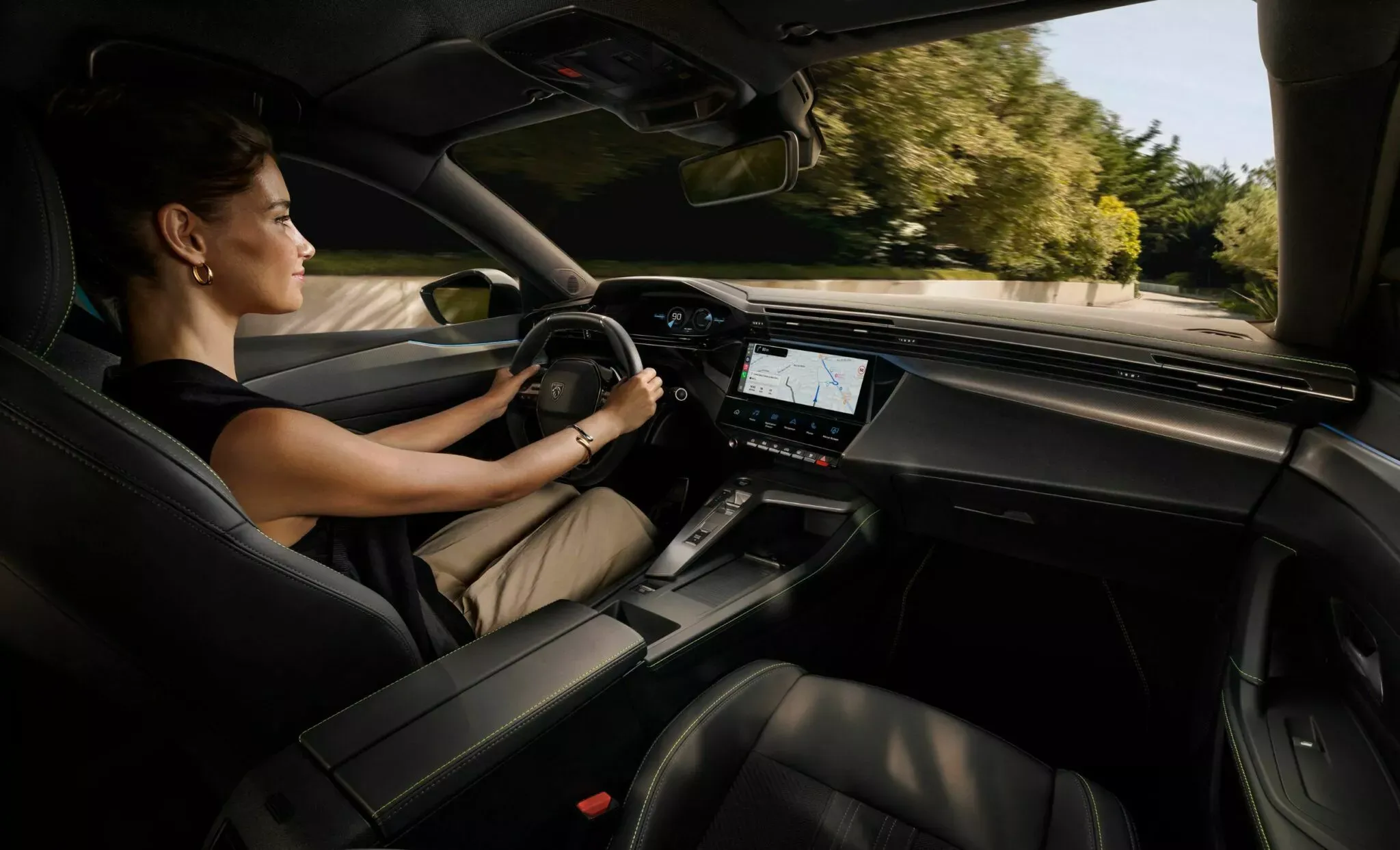
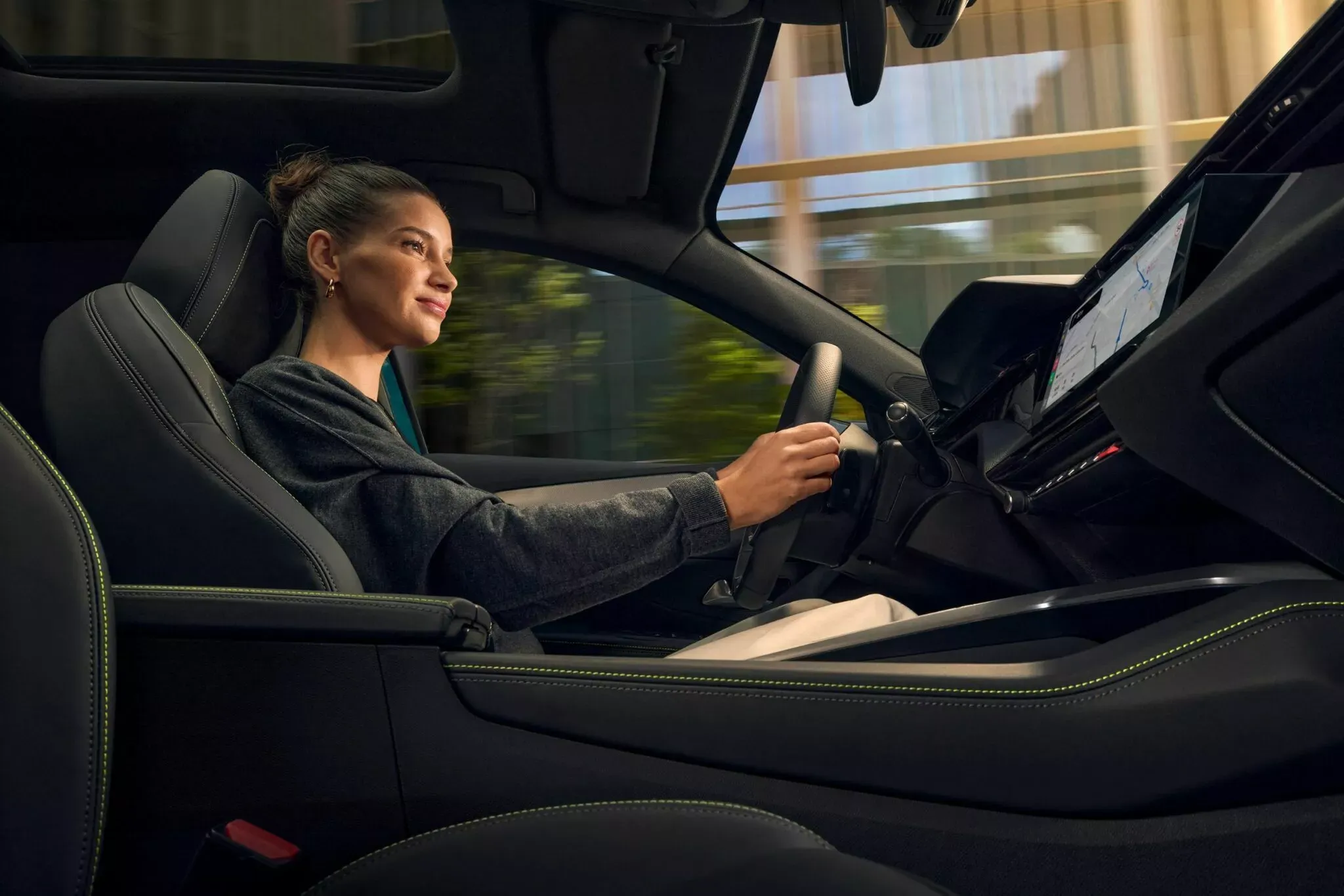

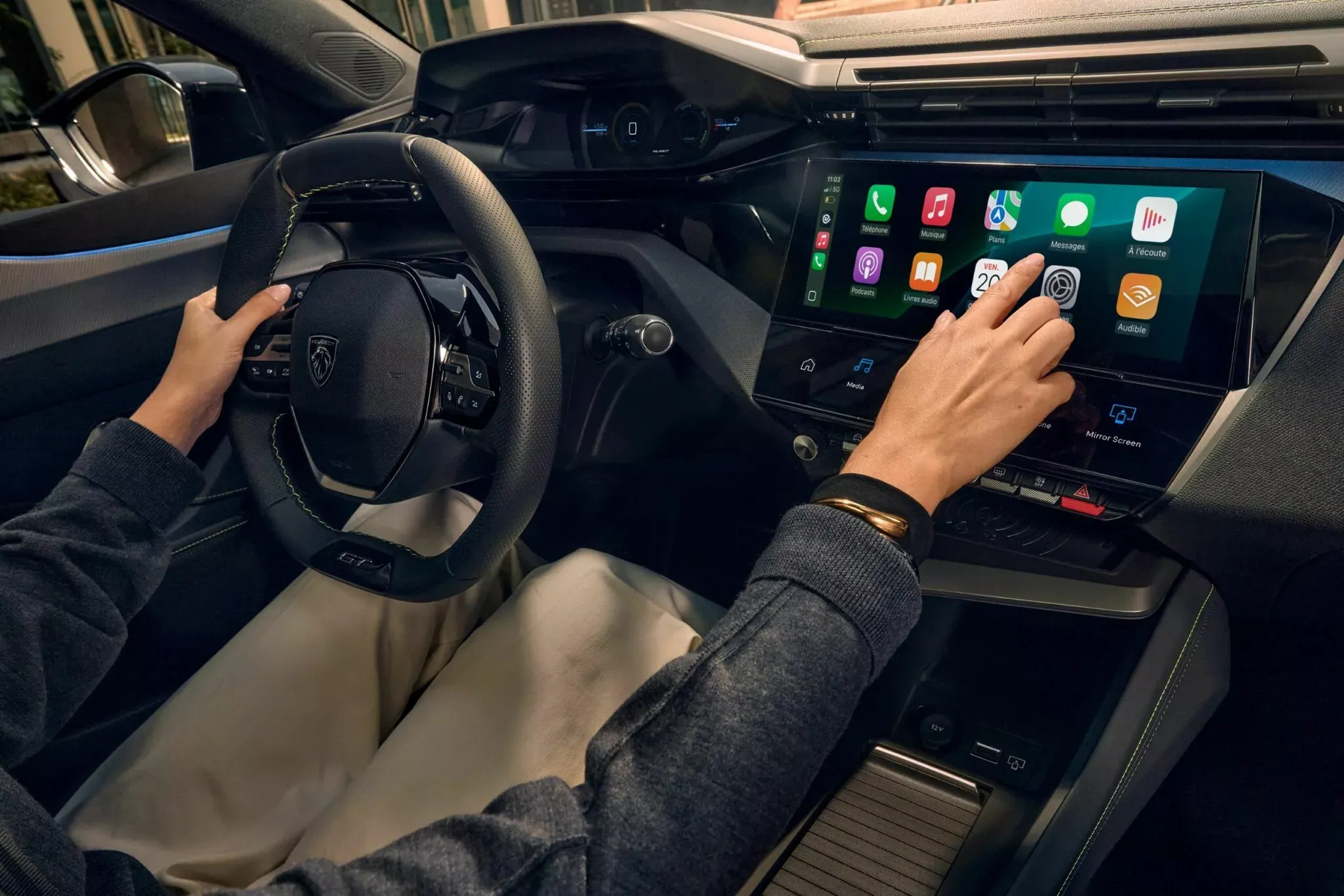

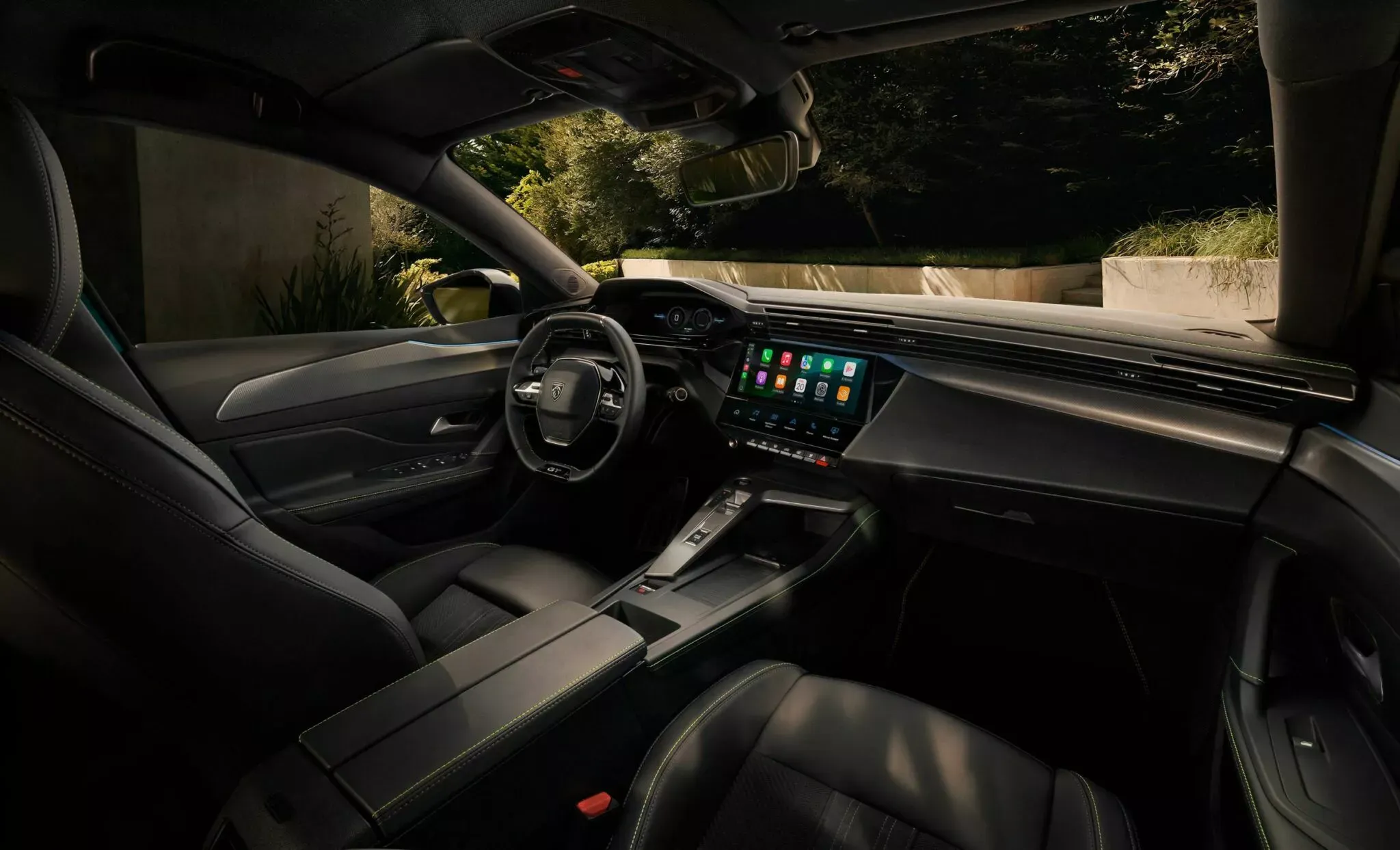

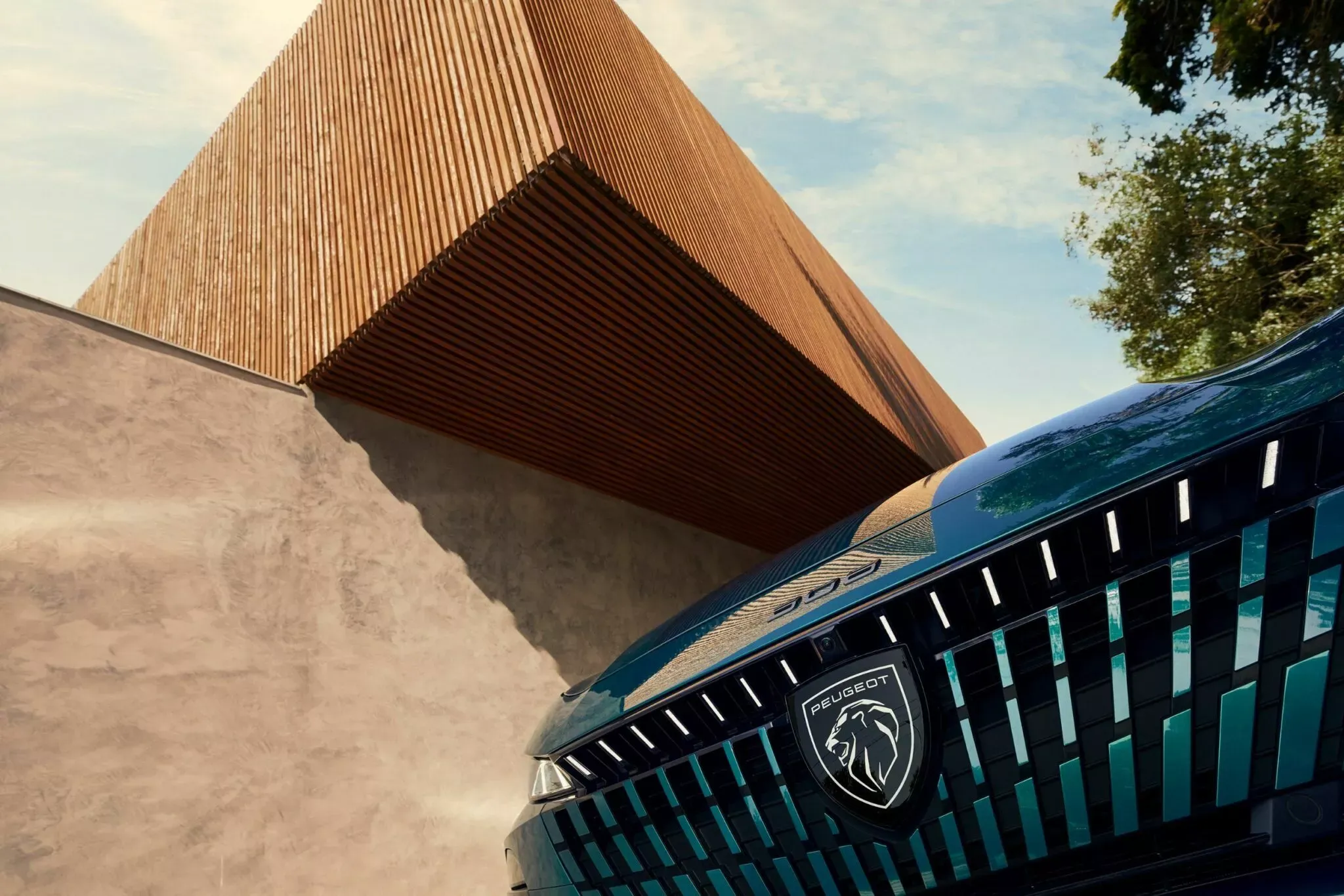
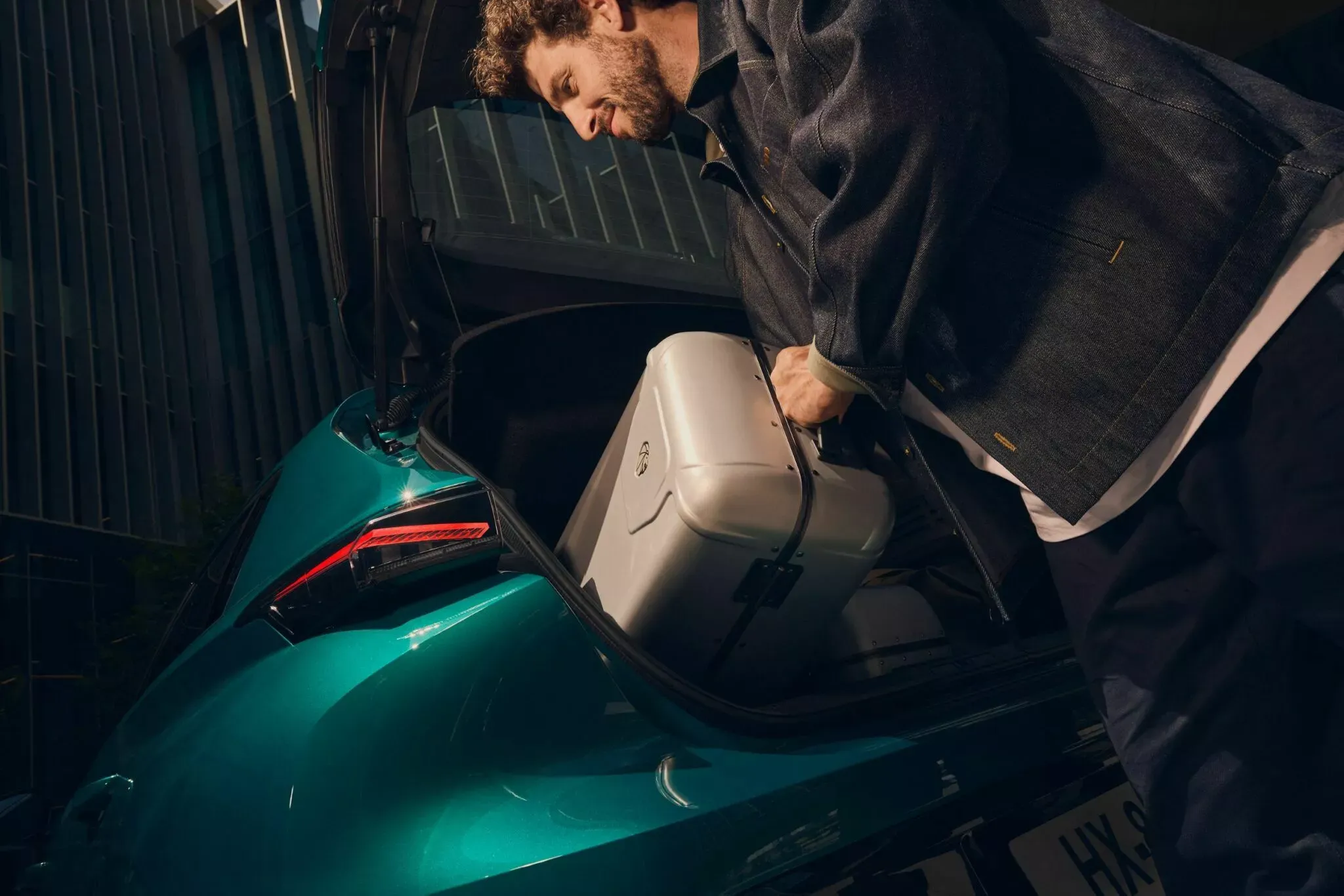
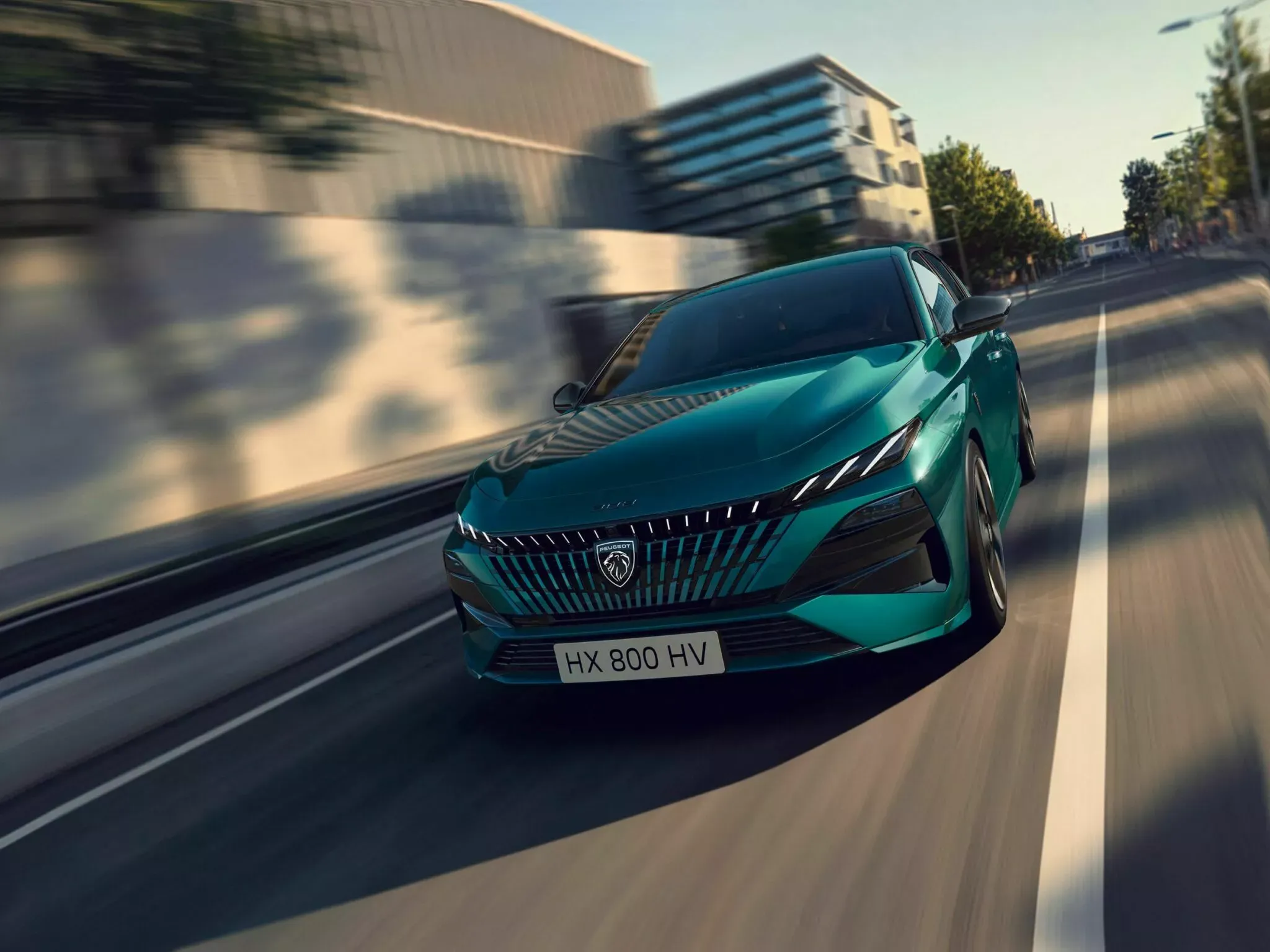

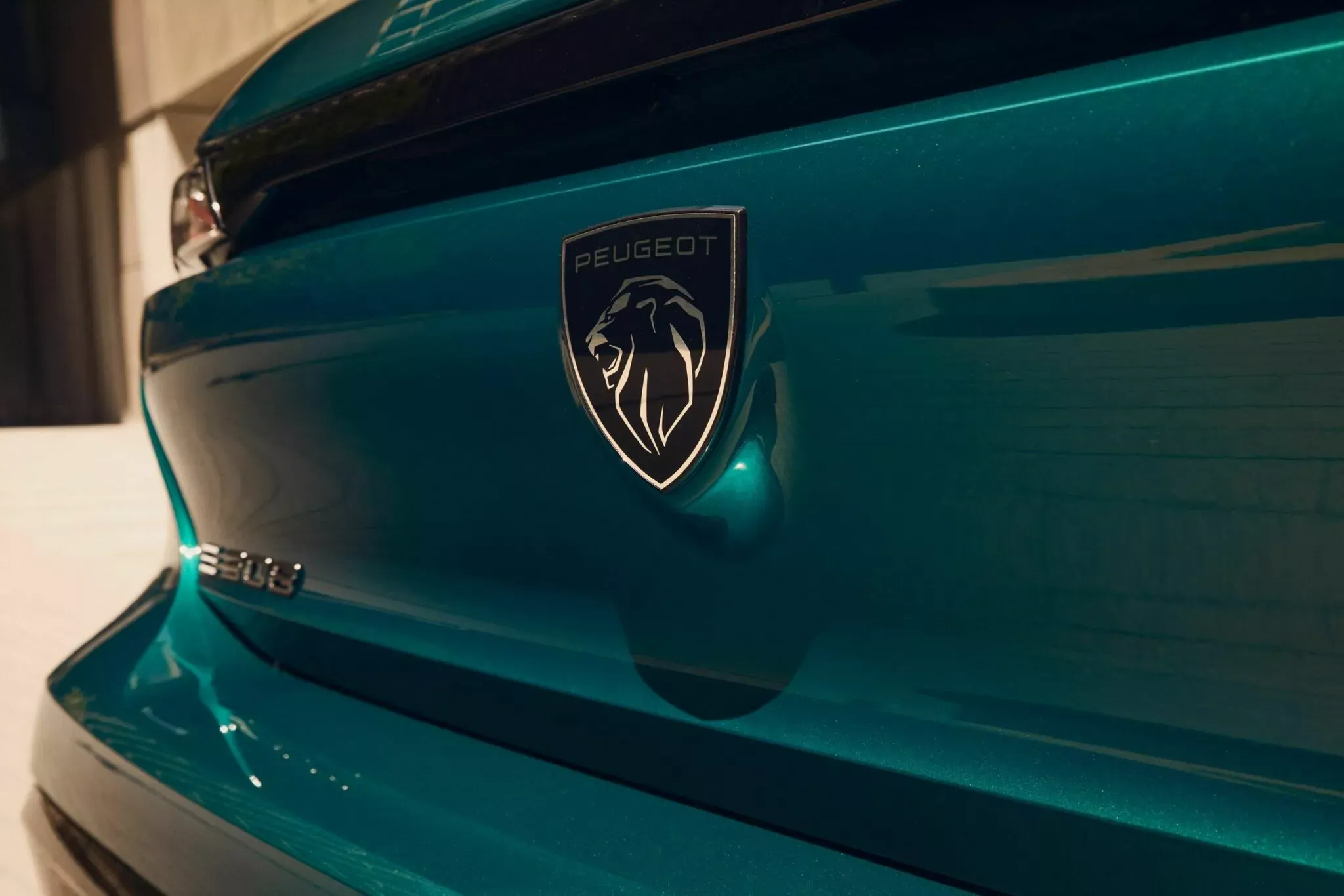
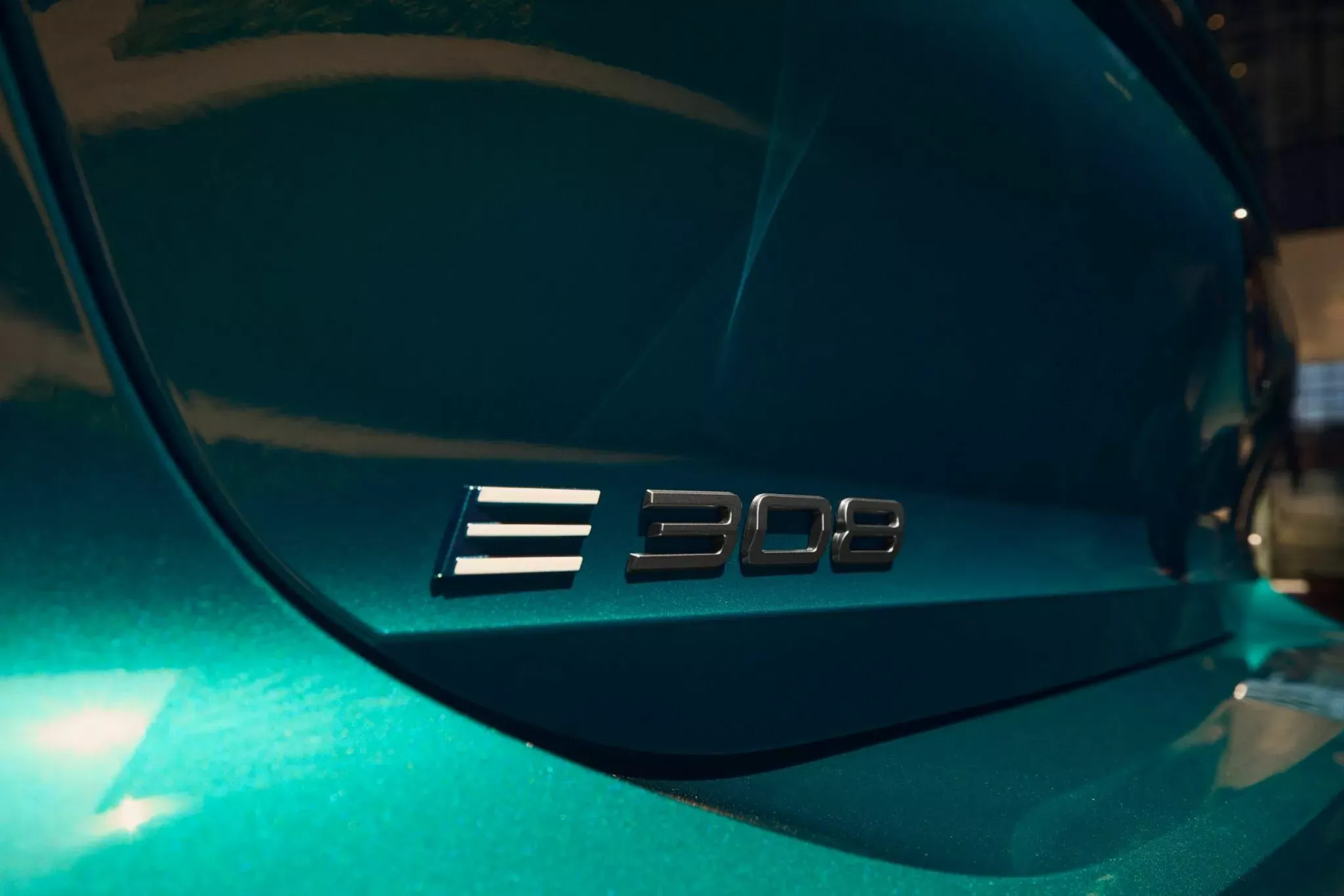
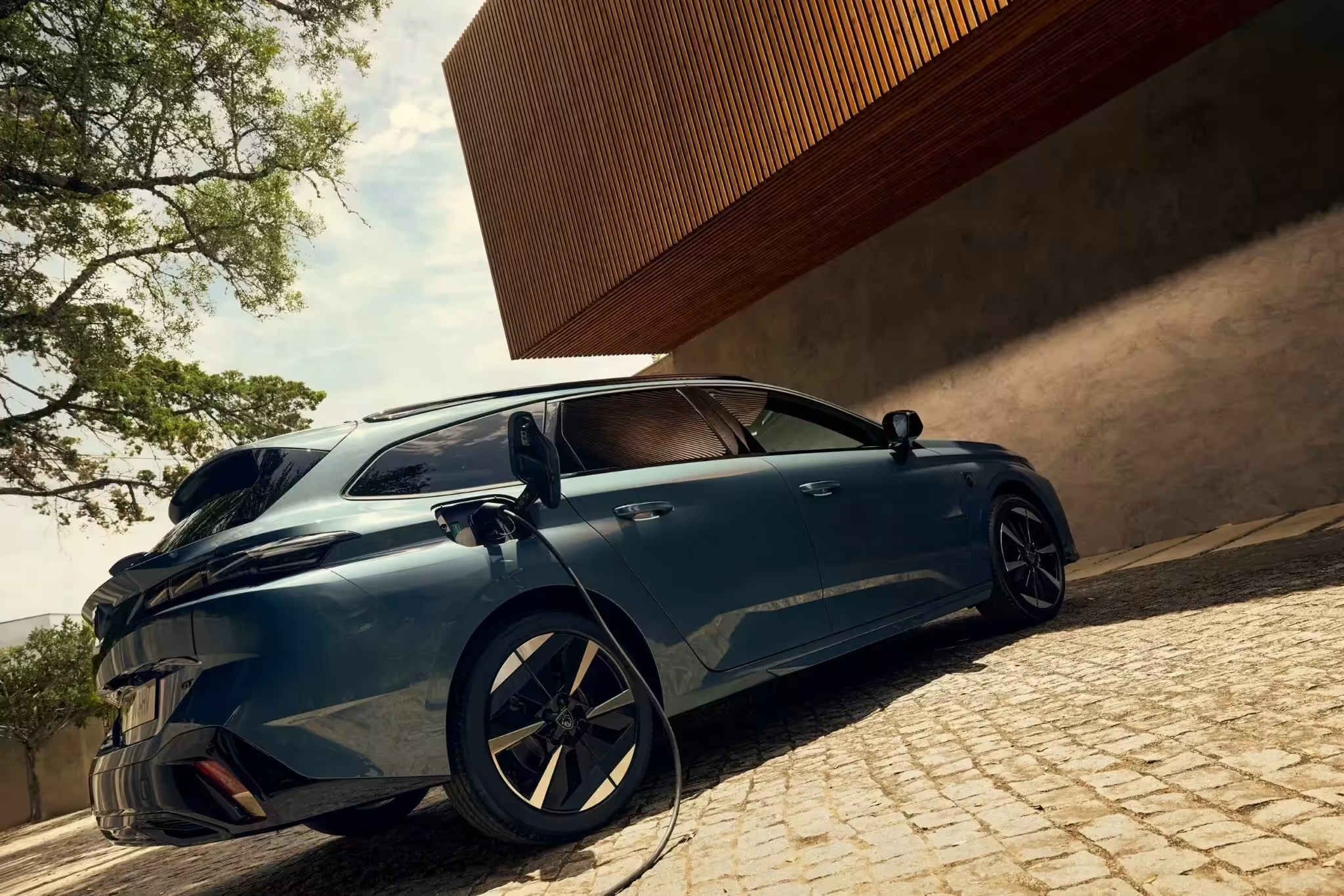
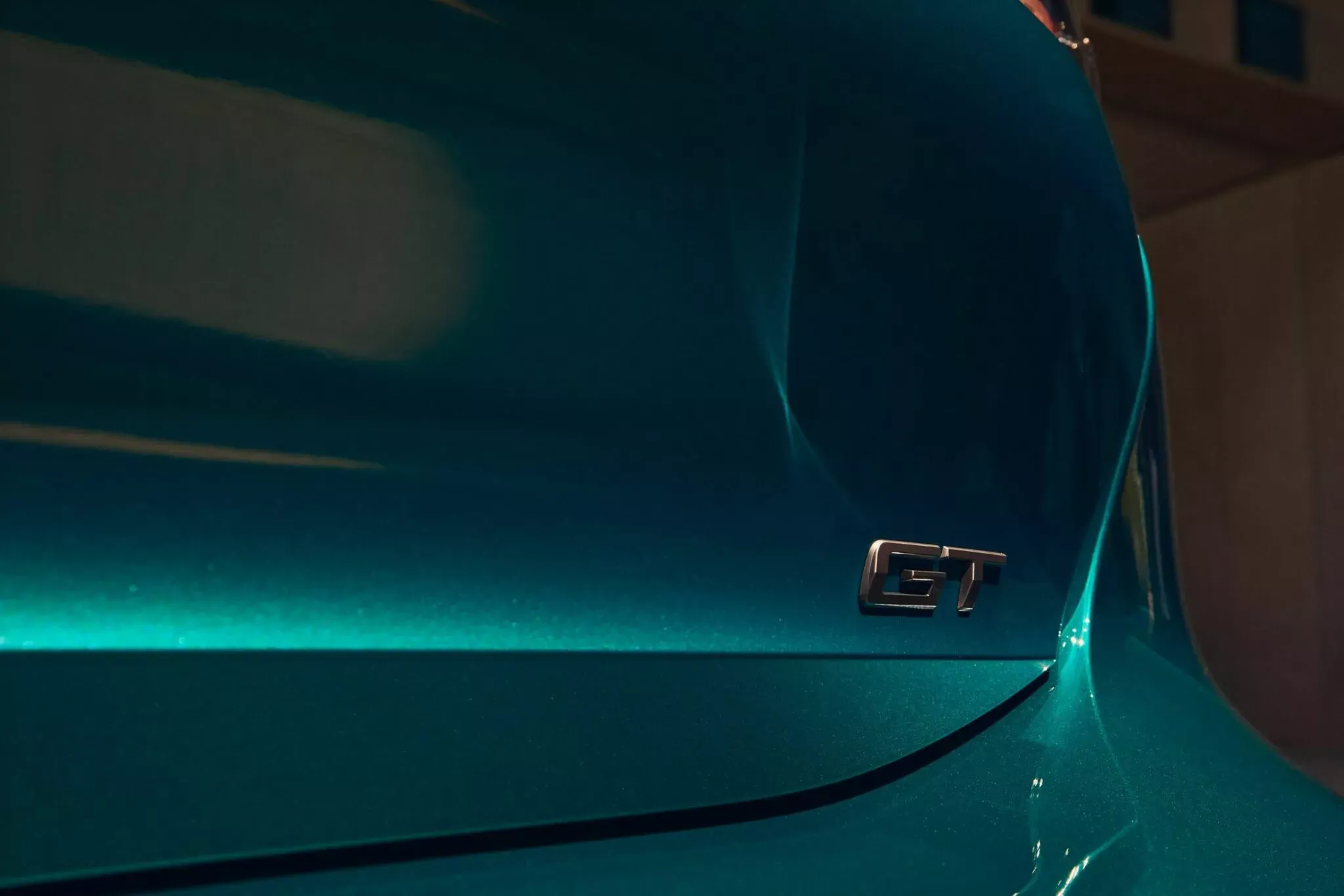
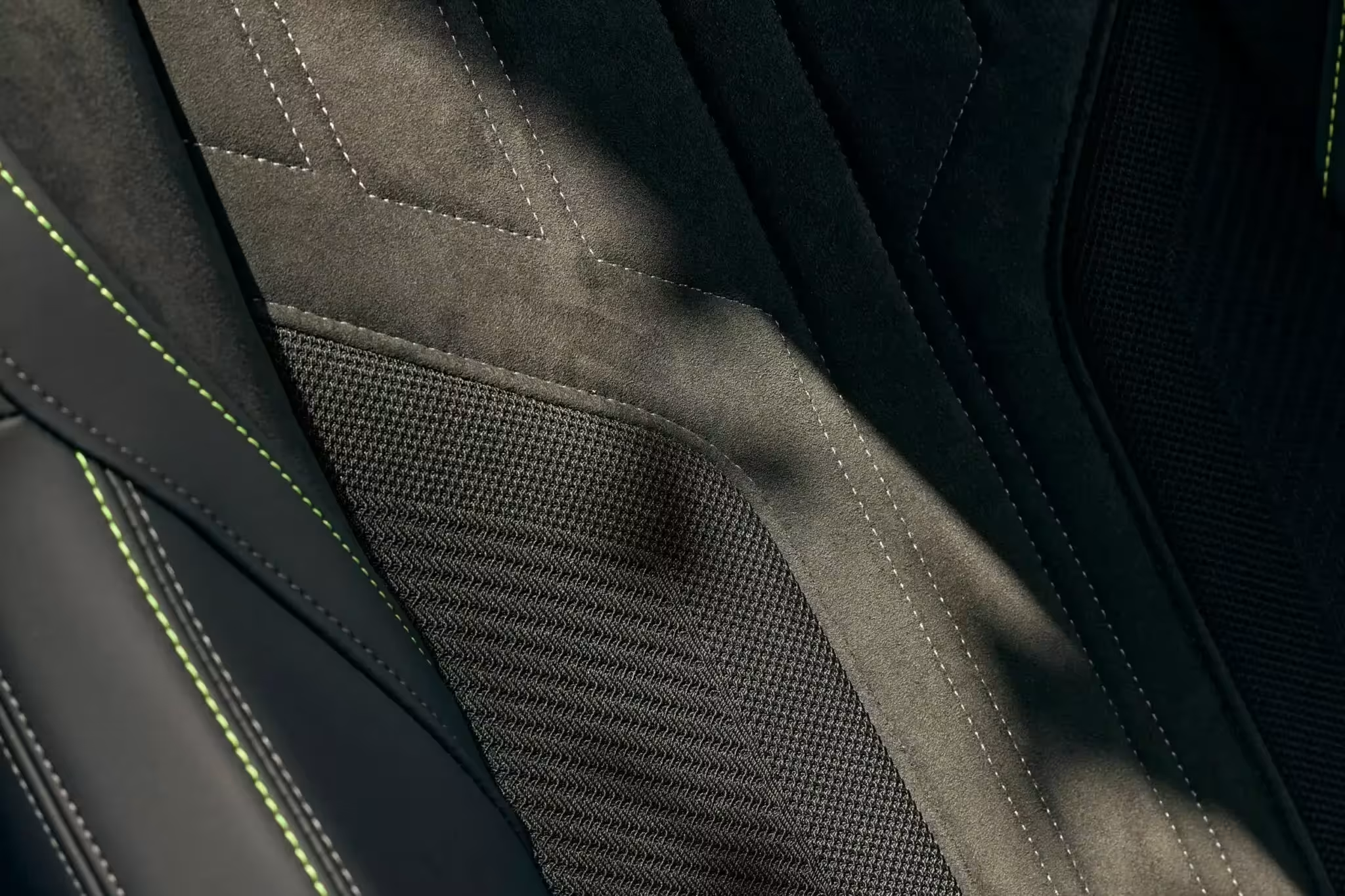
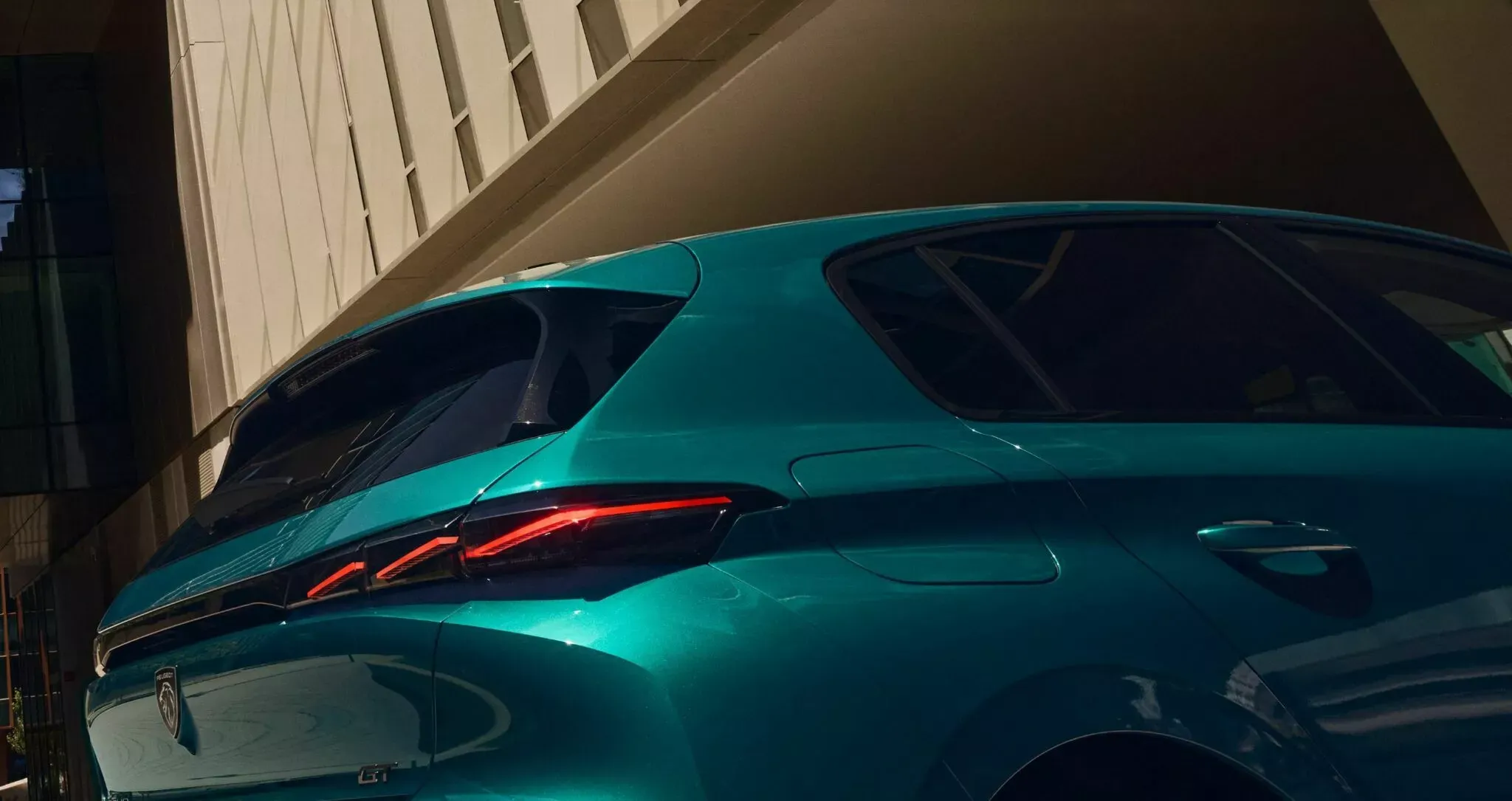
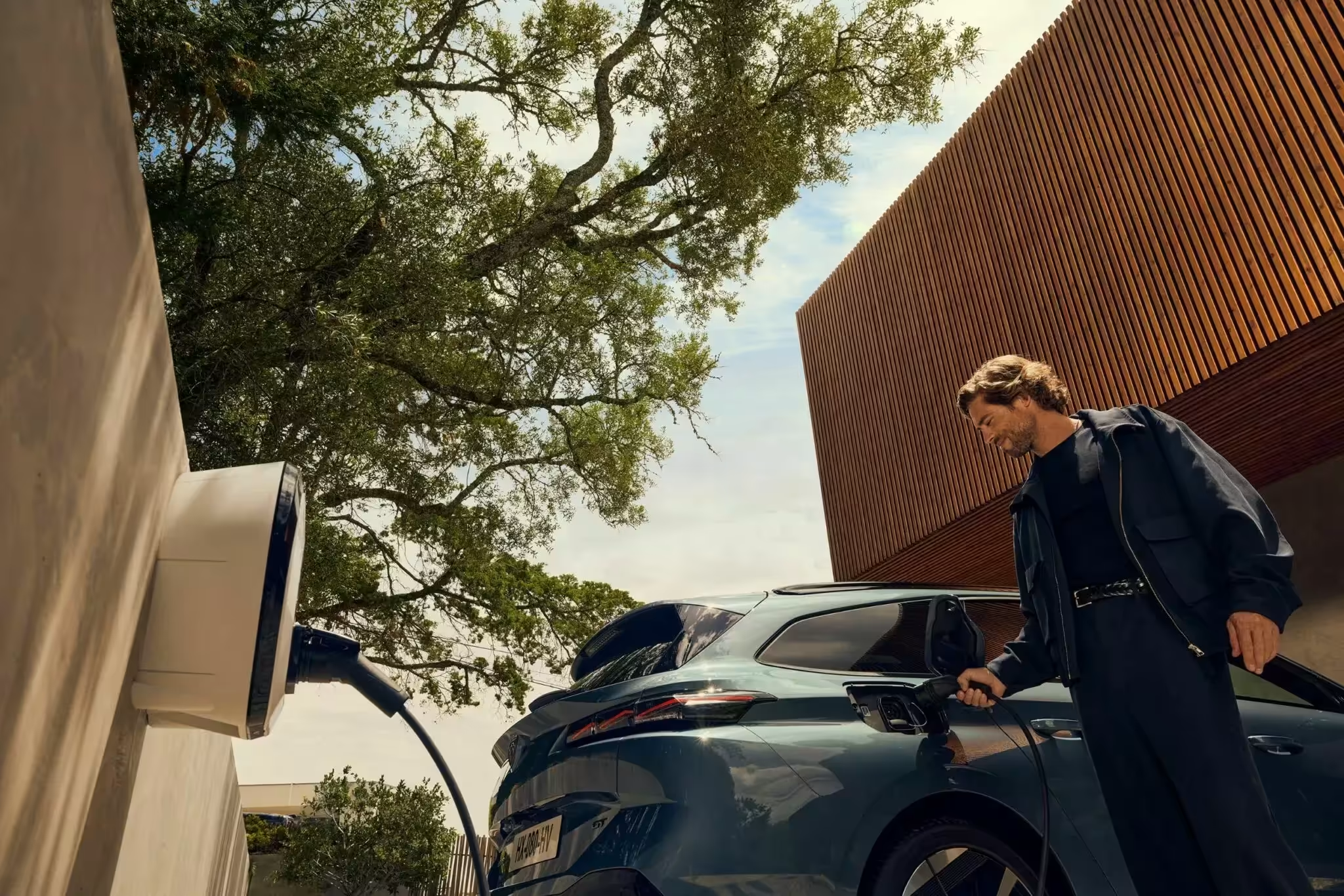
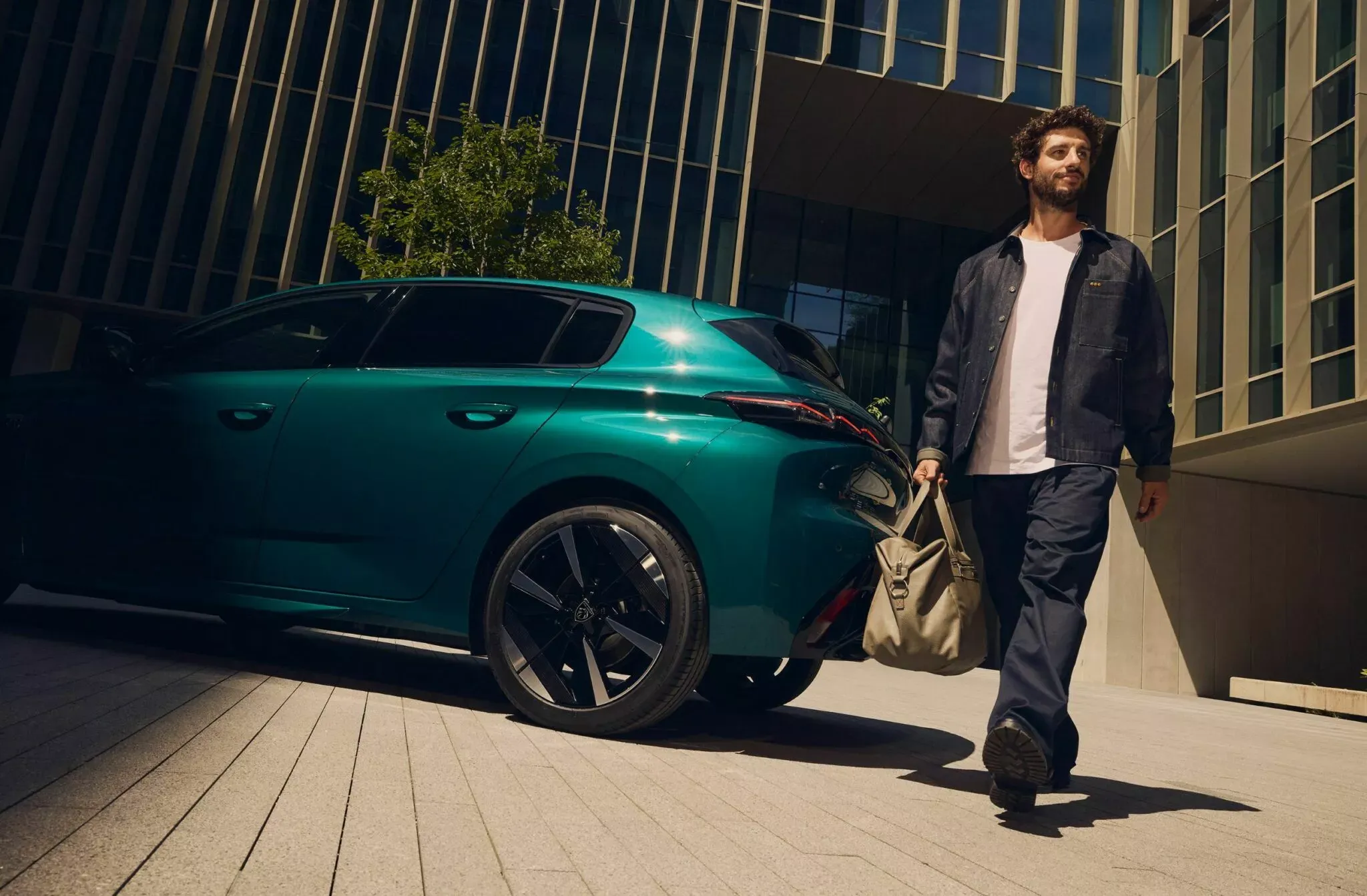

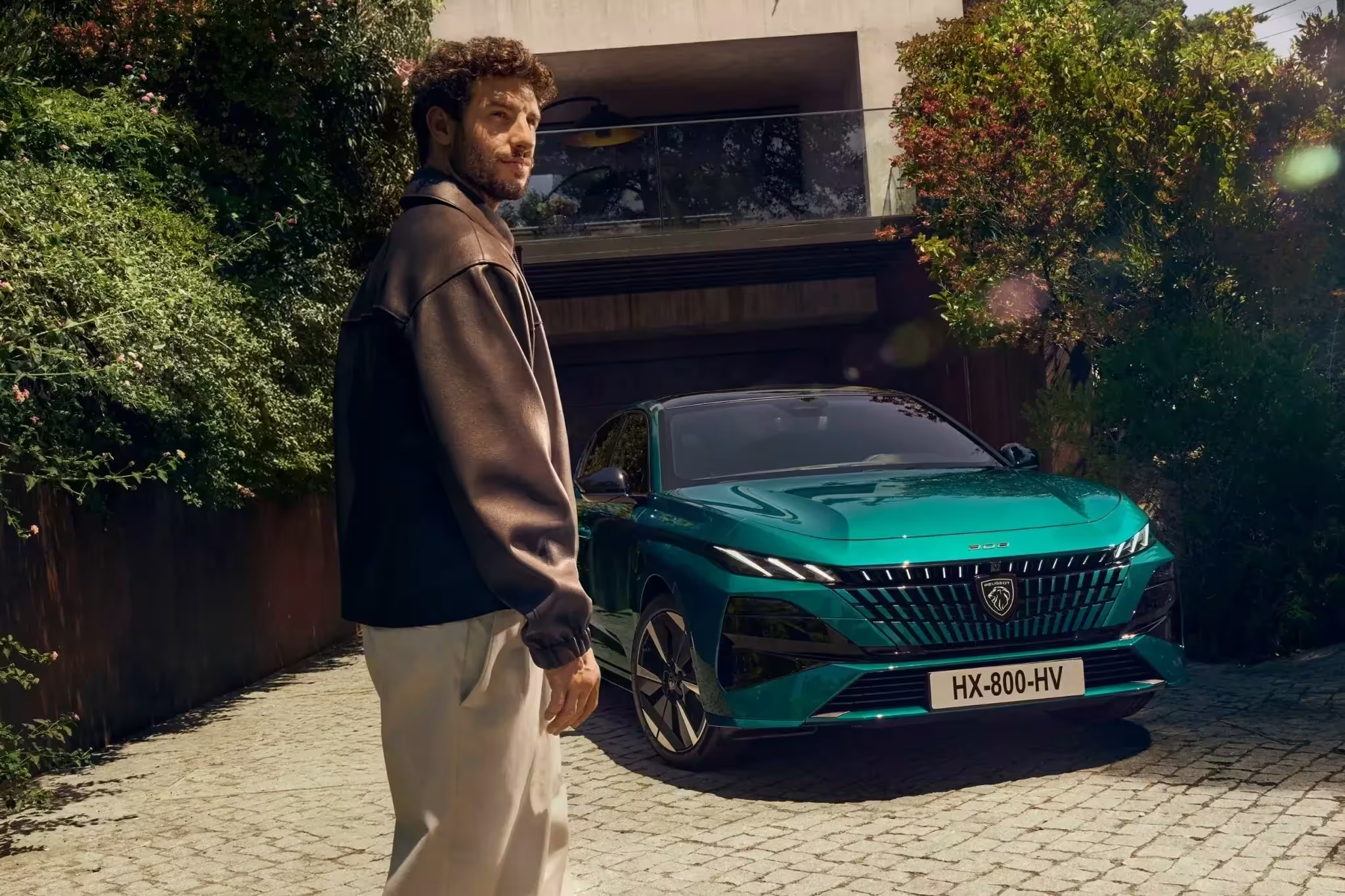

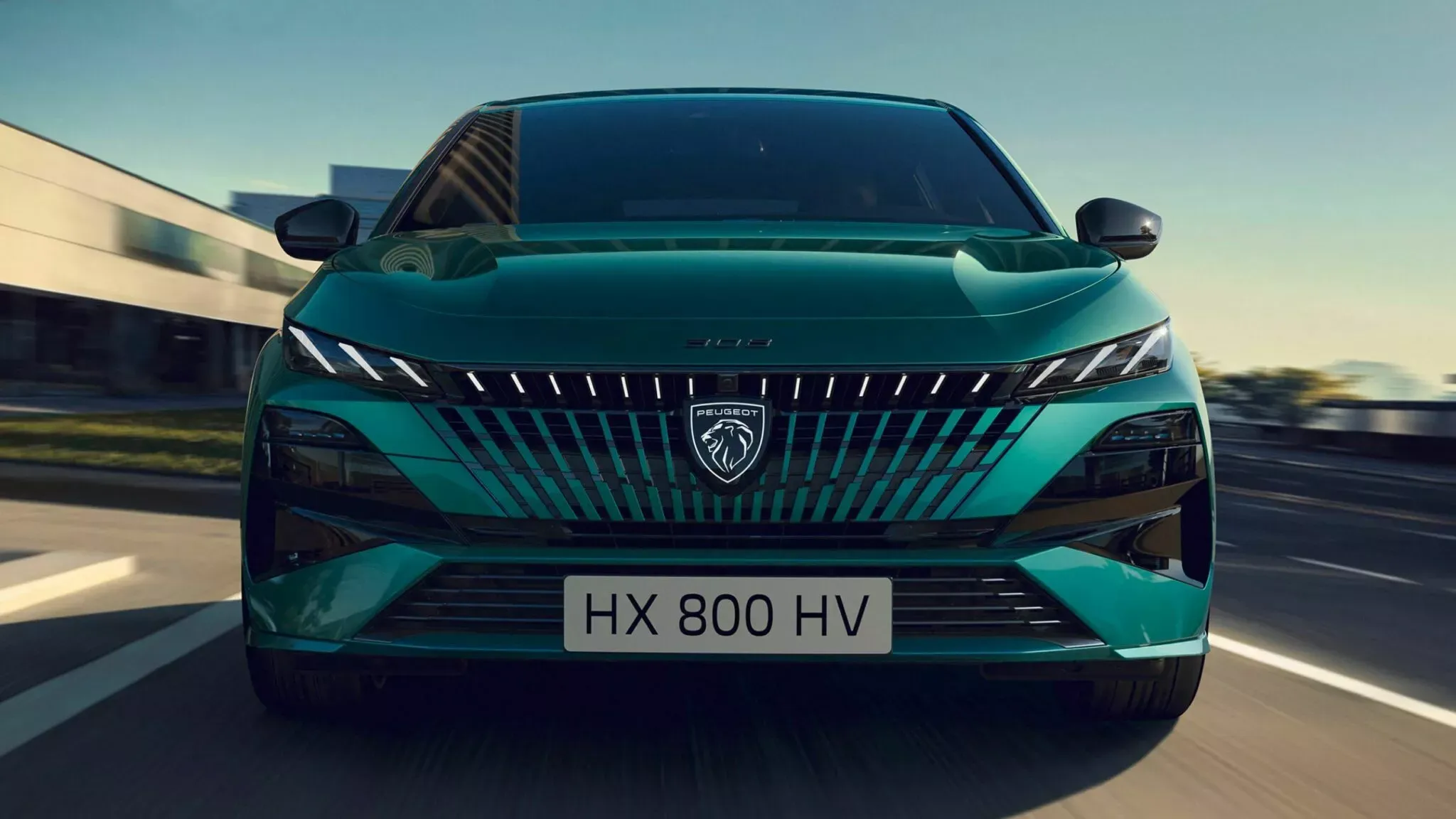
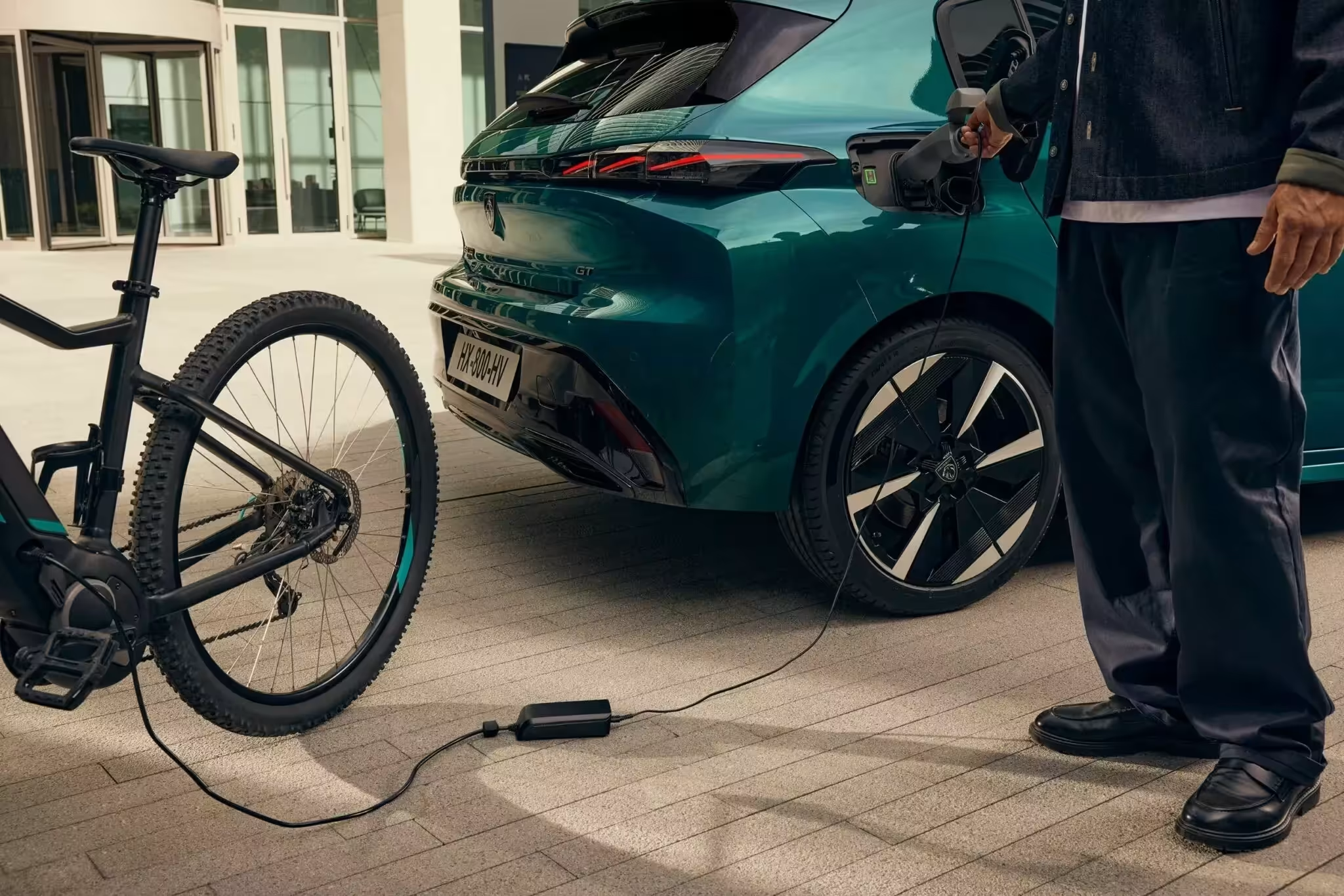
Author: Fabio Isidoro
Founder and editor-in-chief of Canal Carro, he dedicates himself to exploring the automotive universe with depth and passion. A car and technology enthusiast, he produces technical content and in-depth analyses of national and international vehicles, combining quality information with a critical eye for the public.
